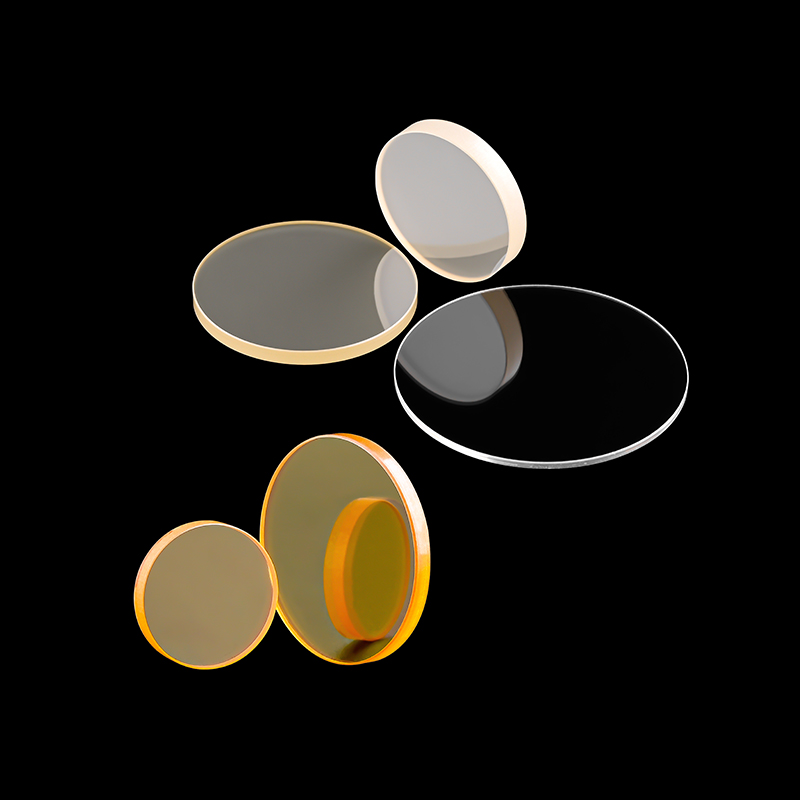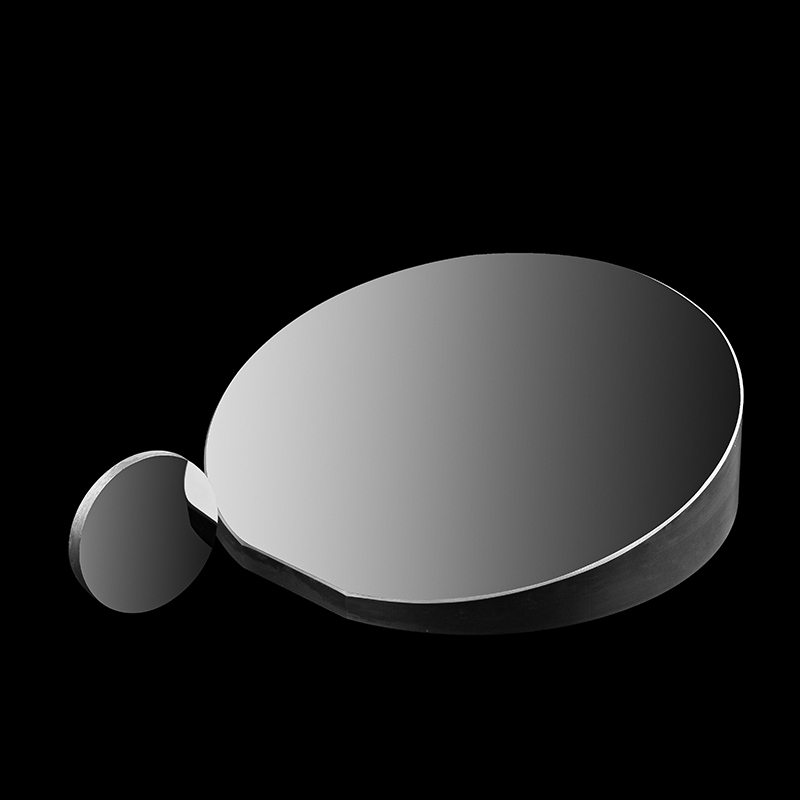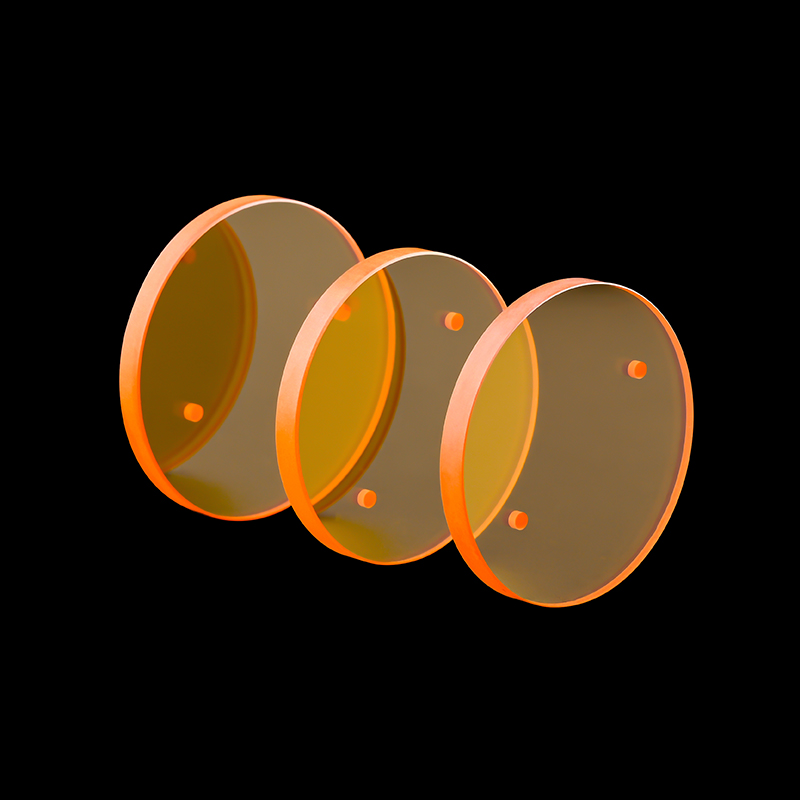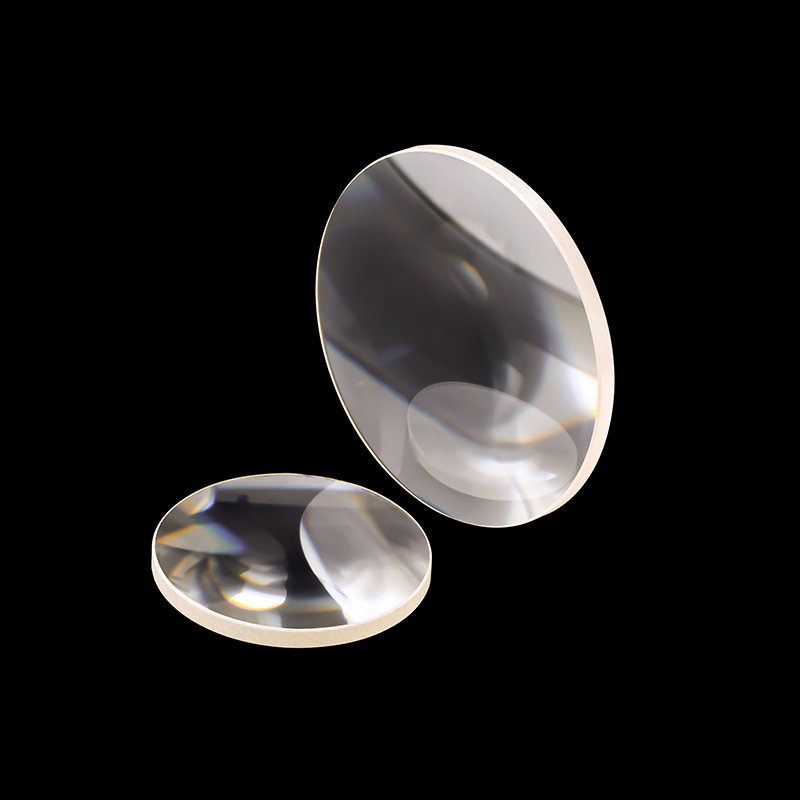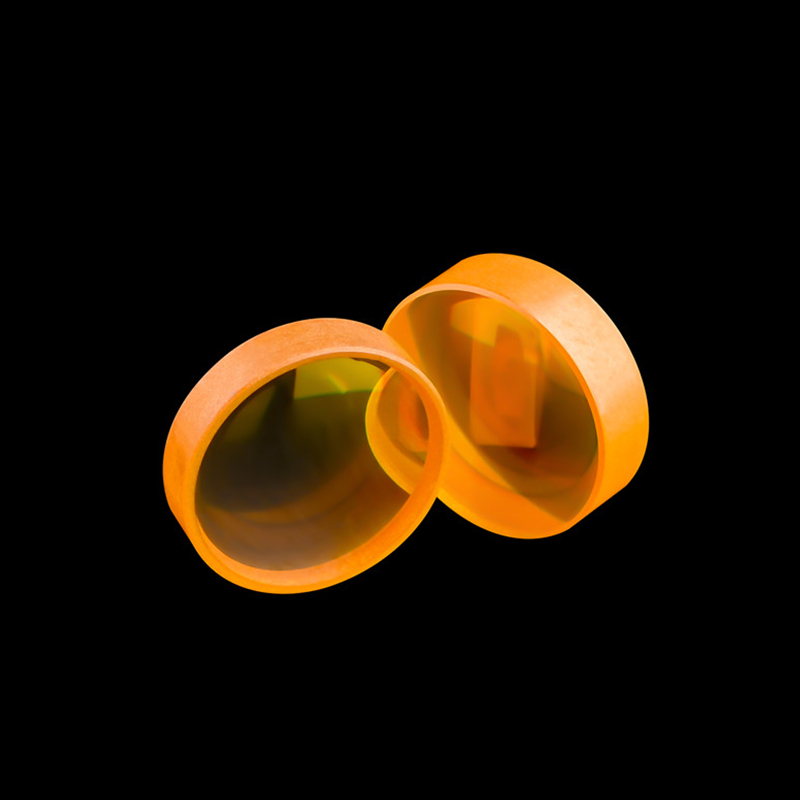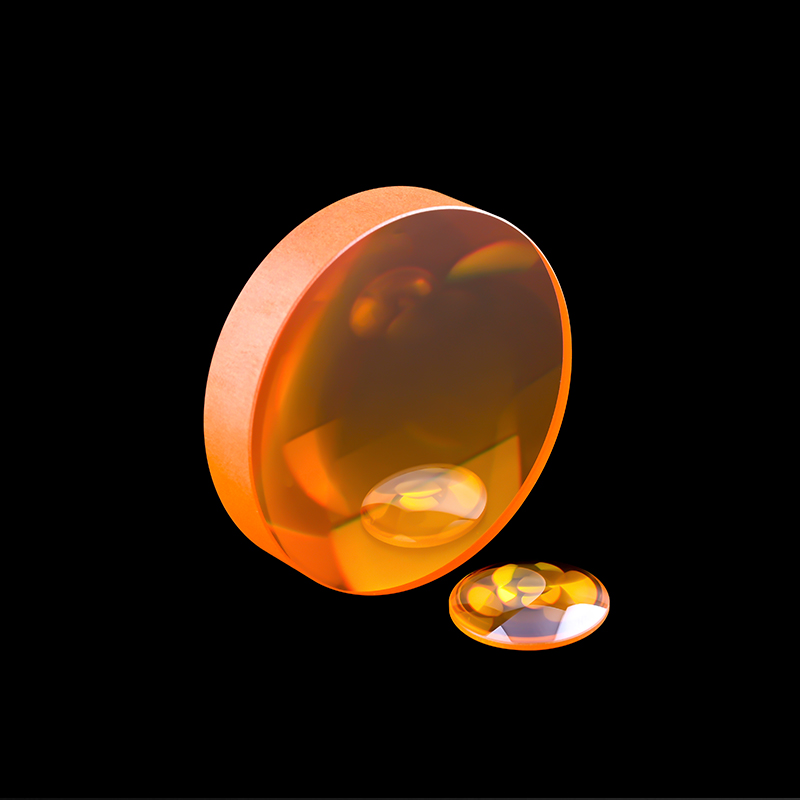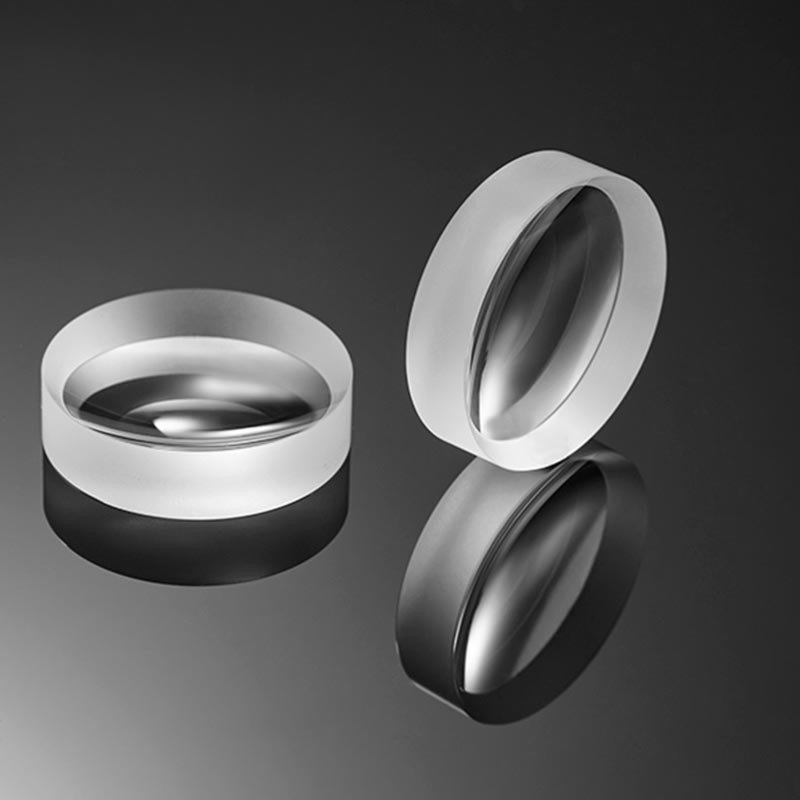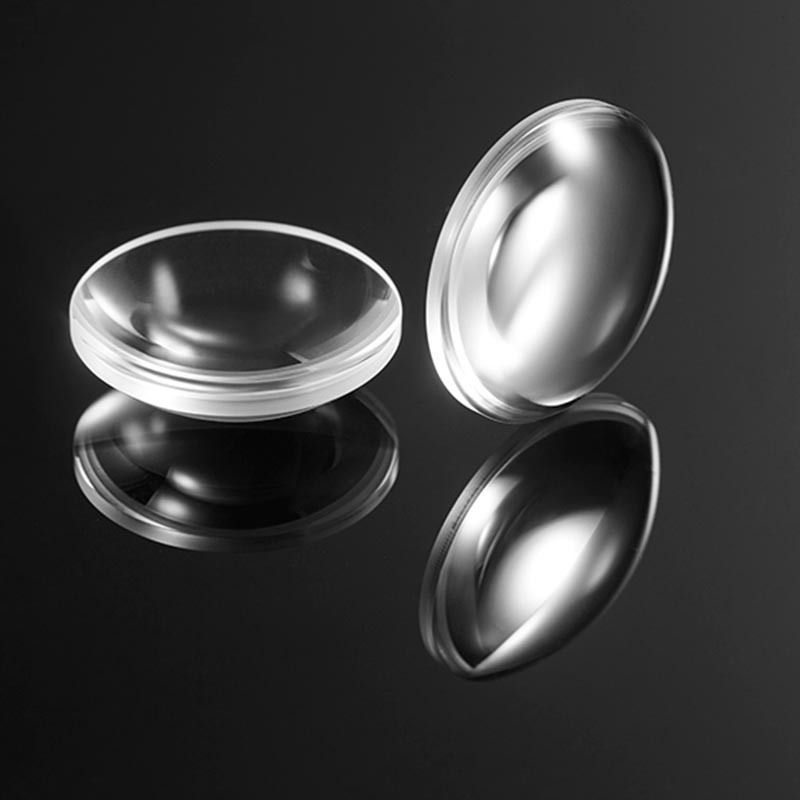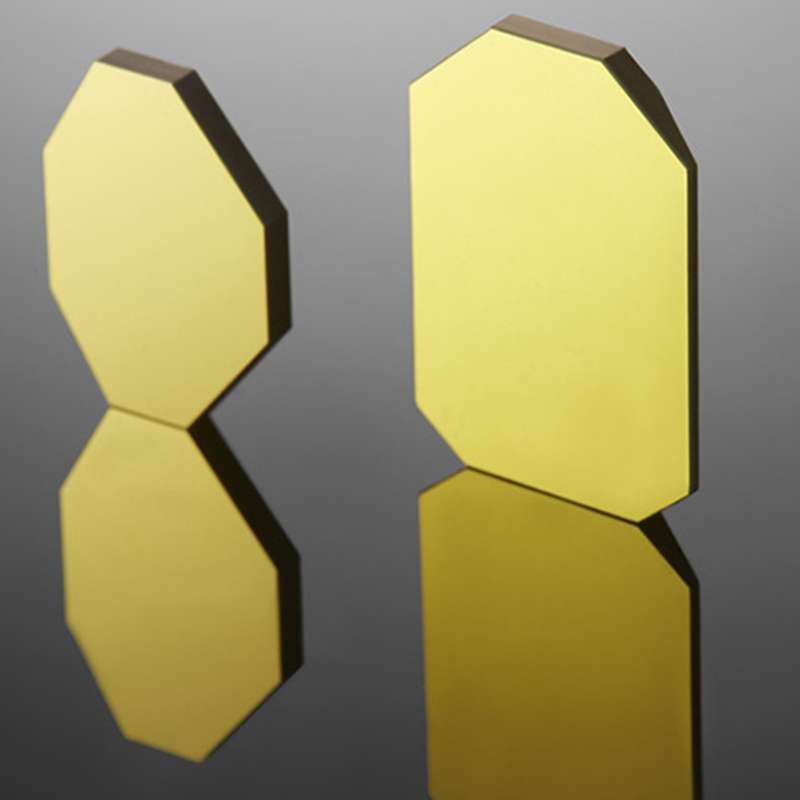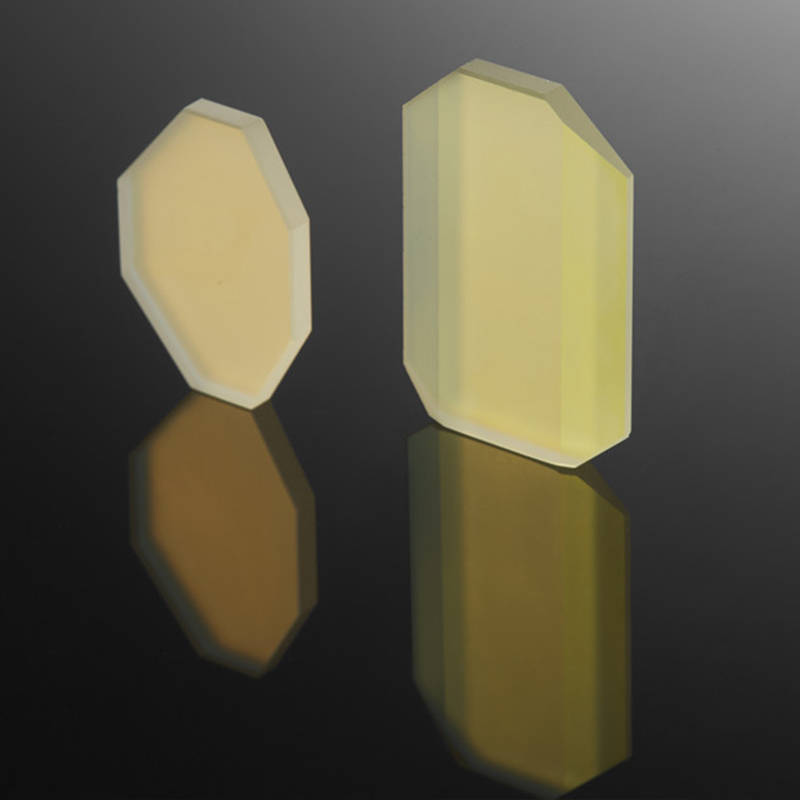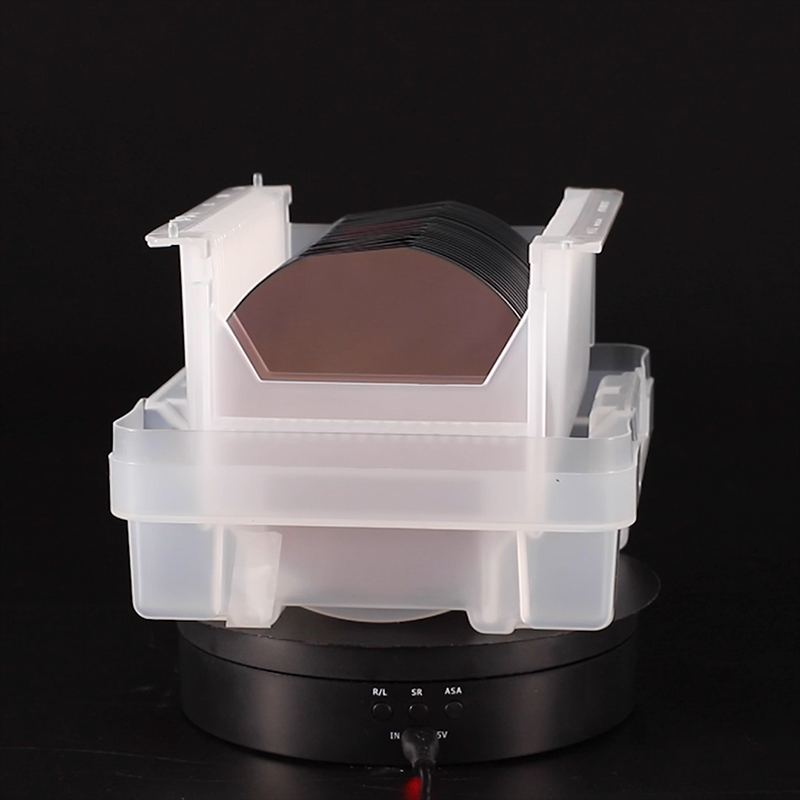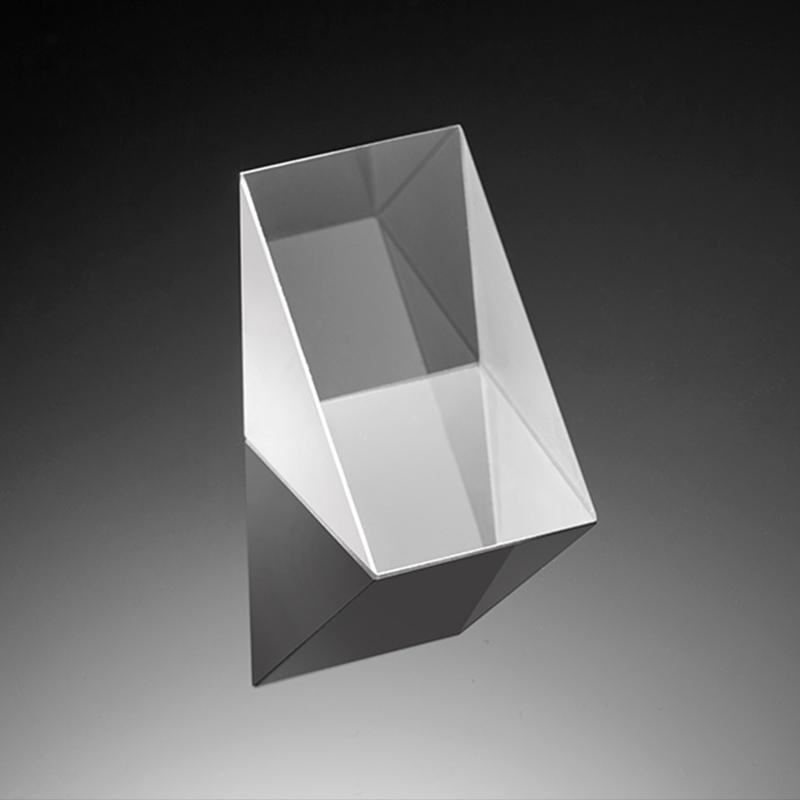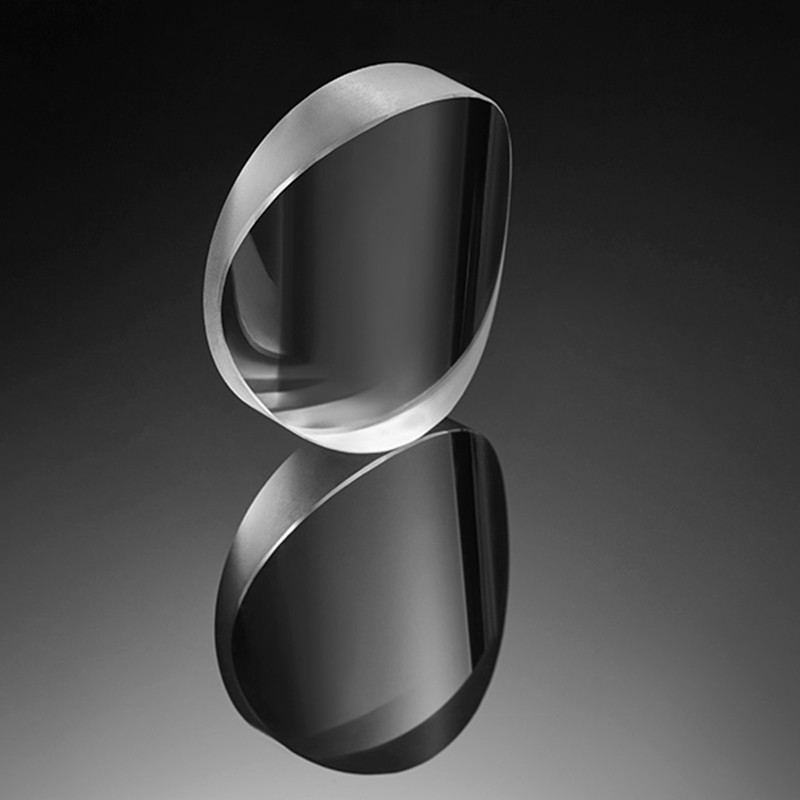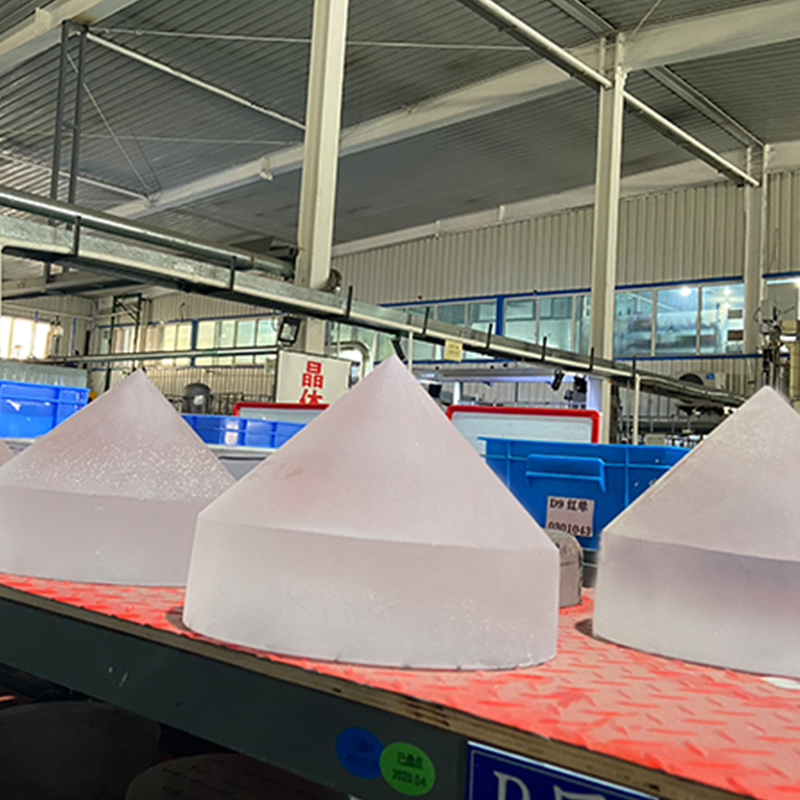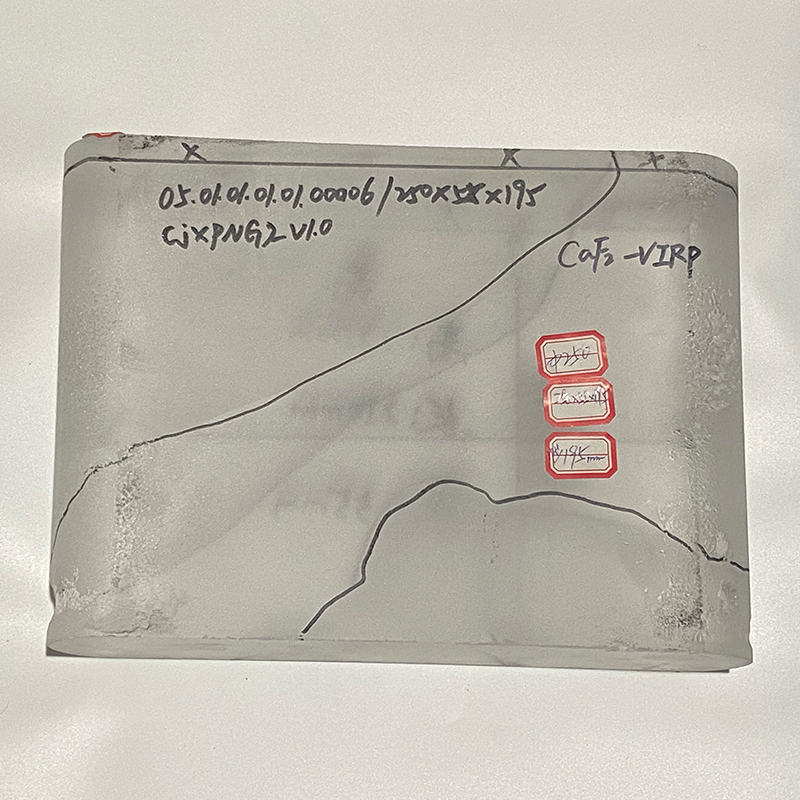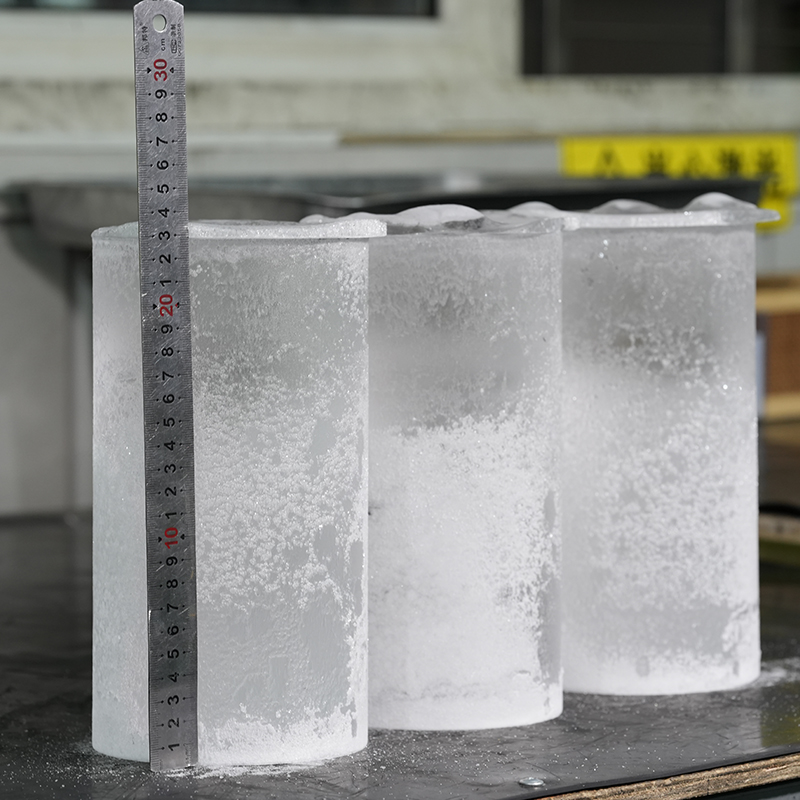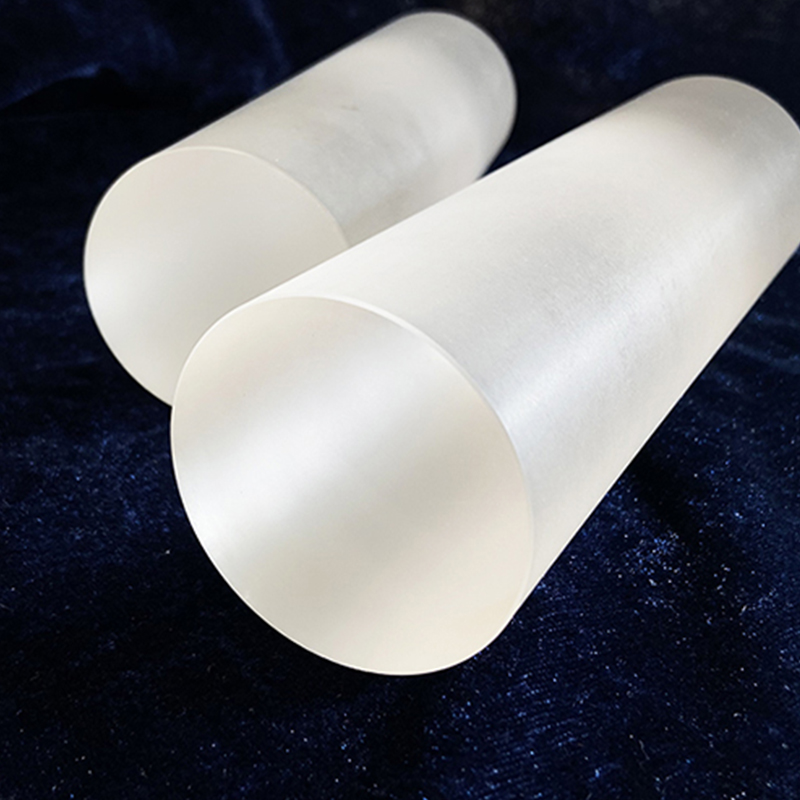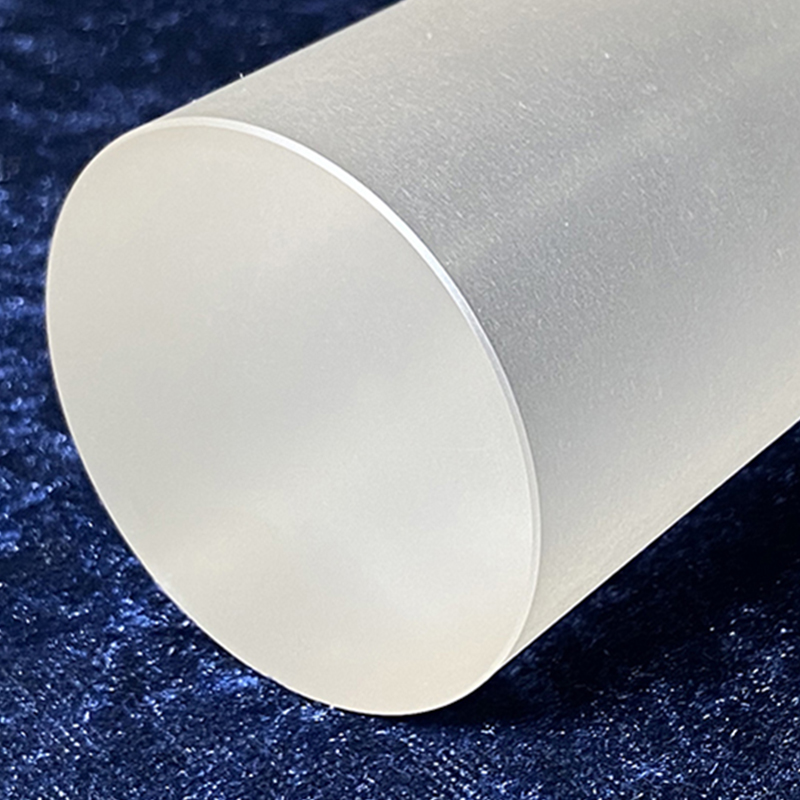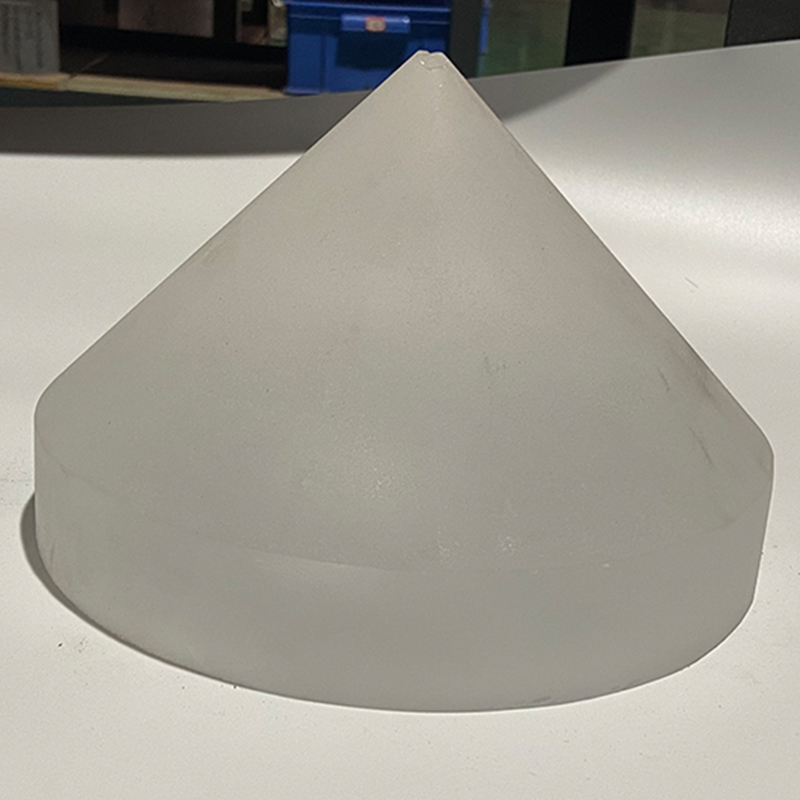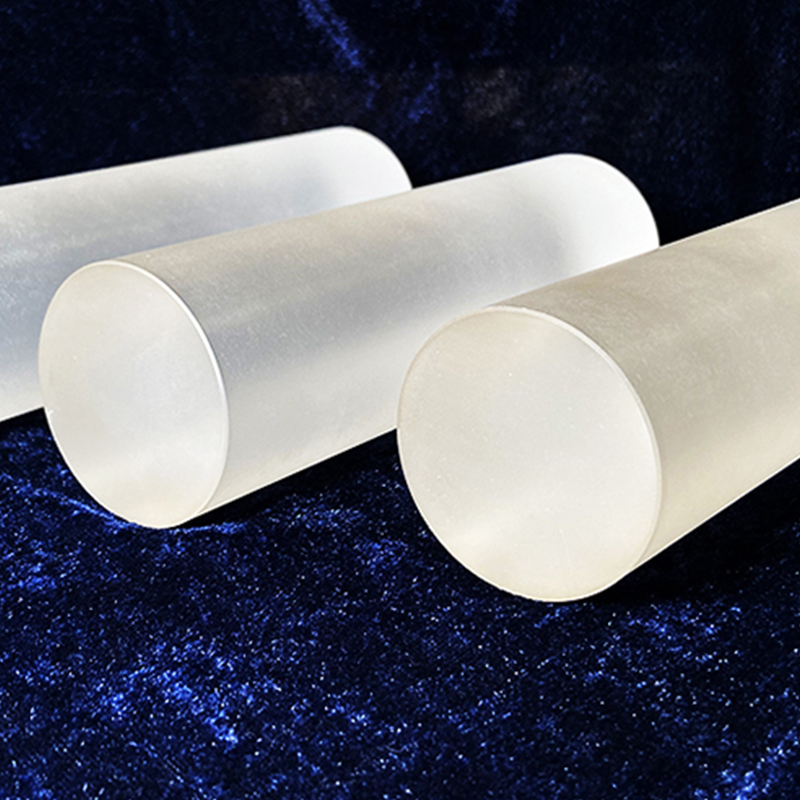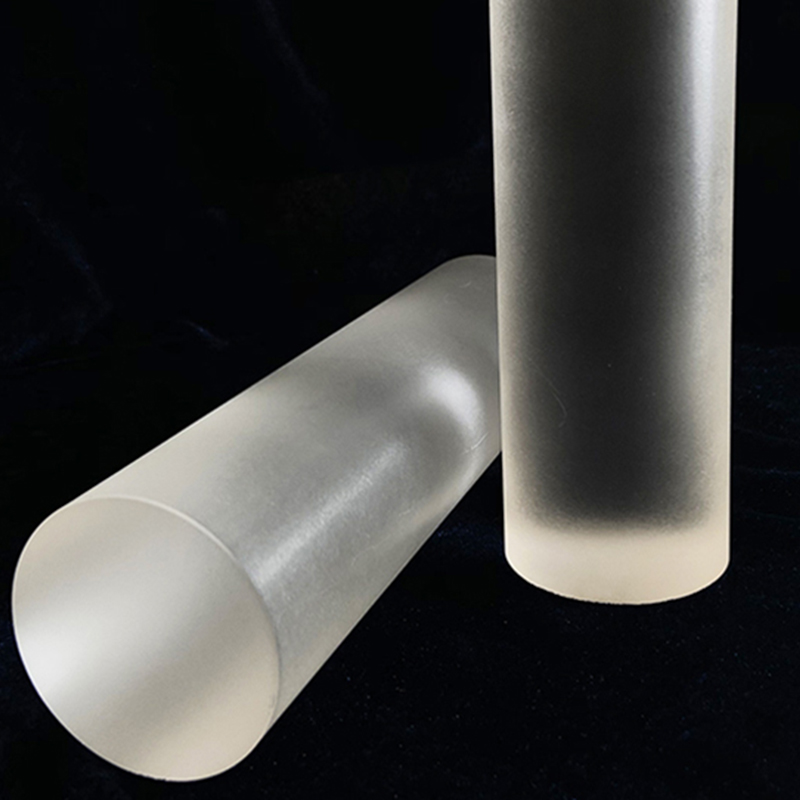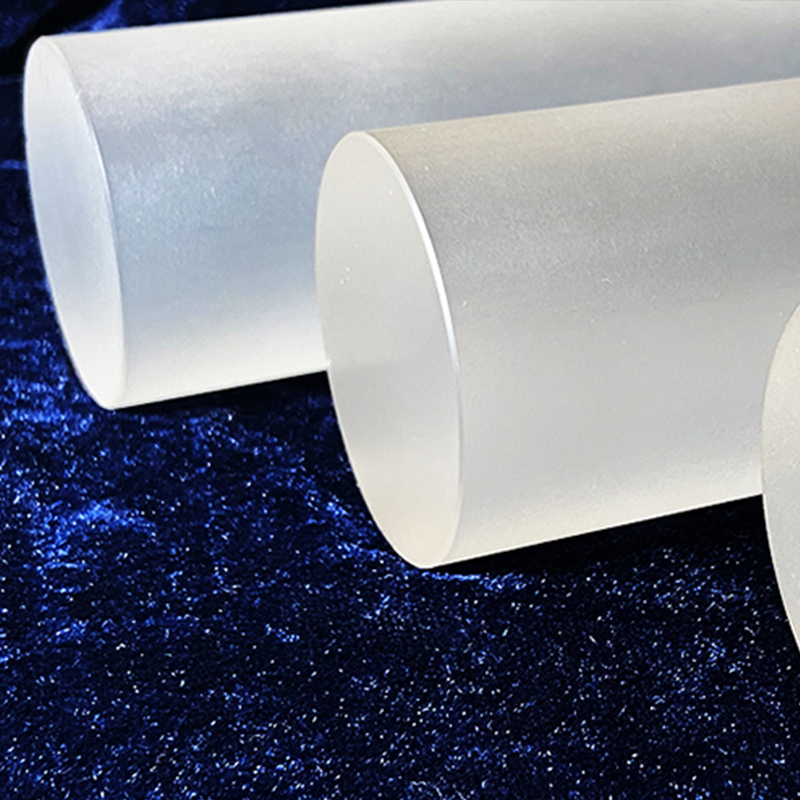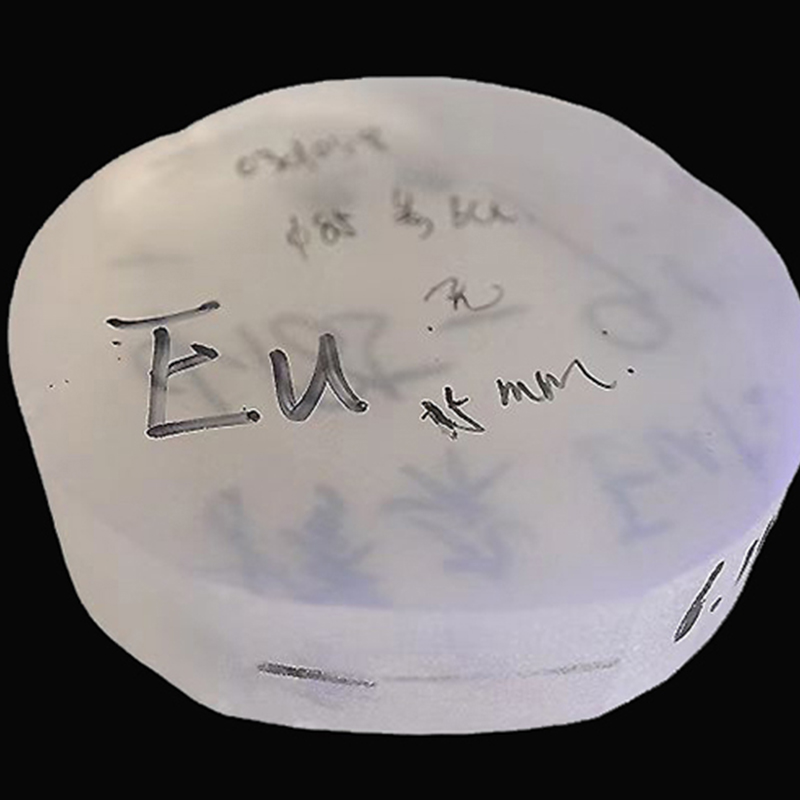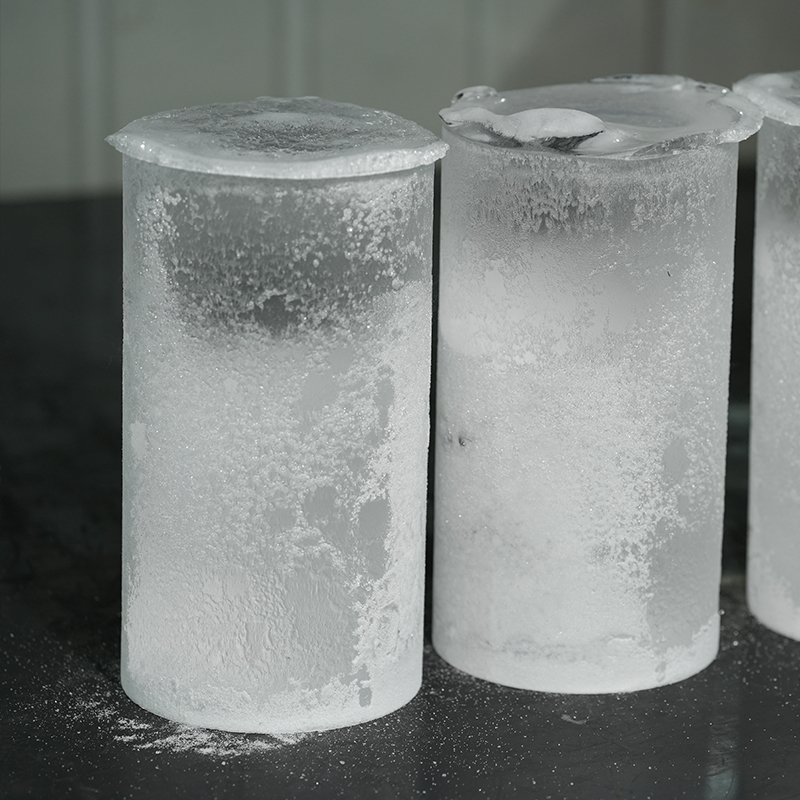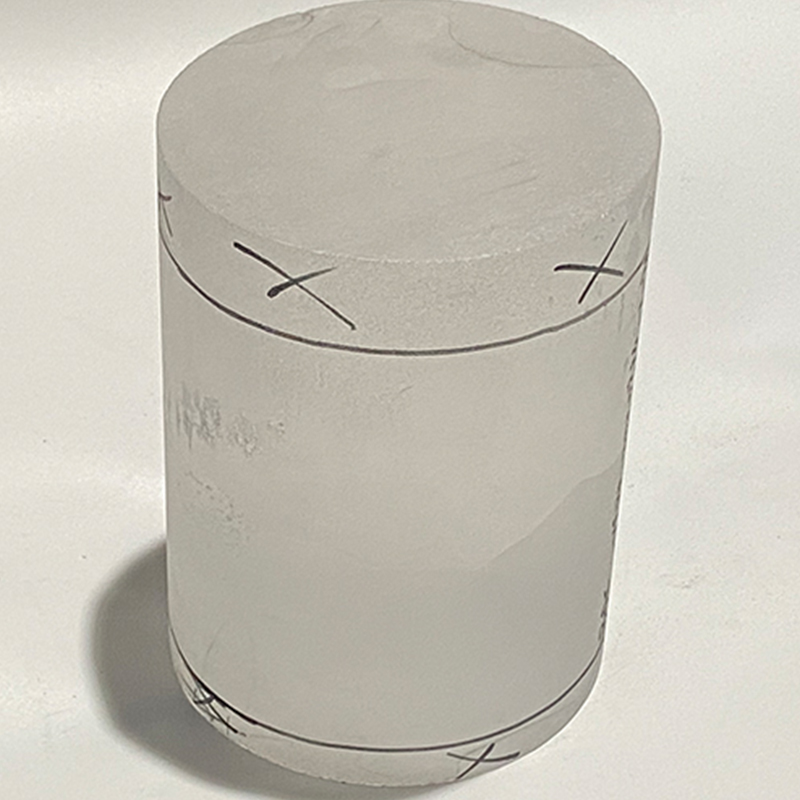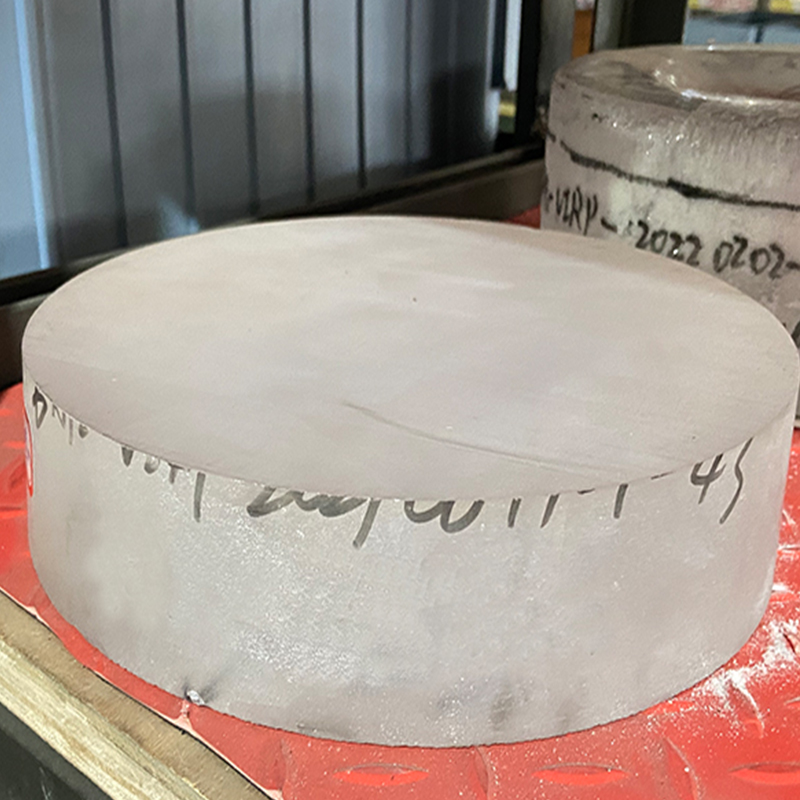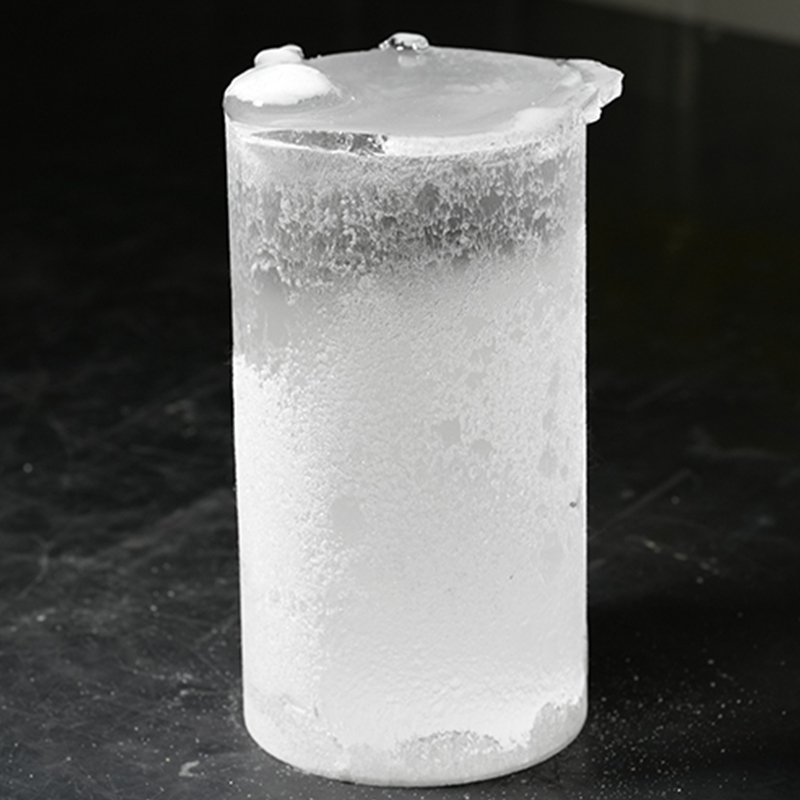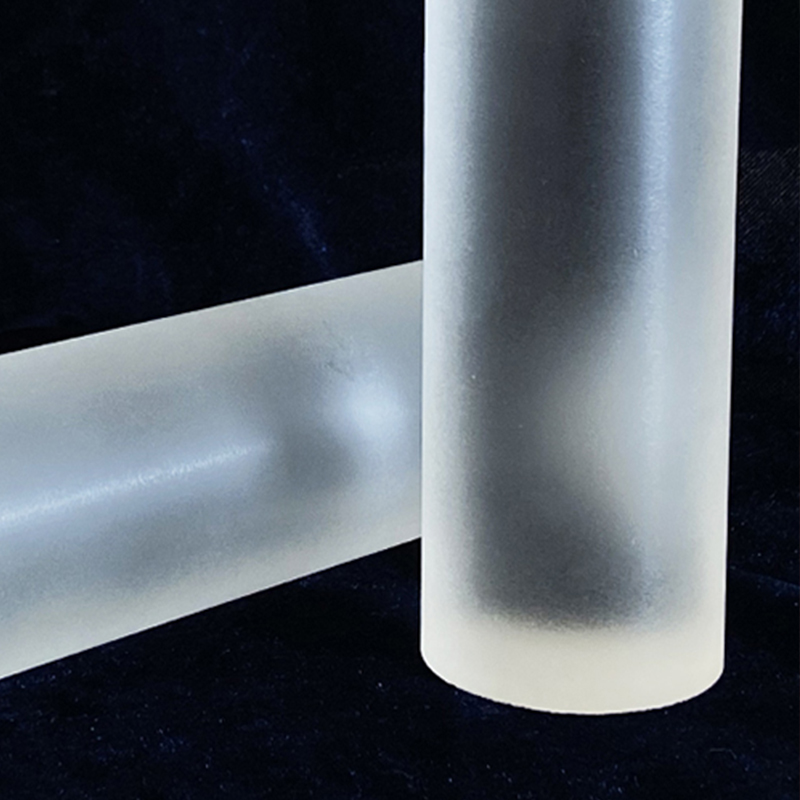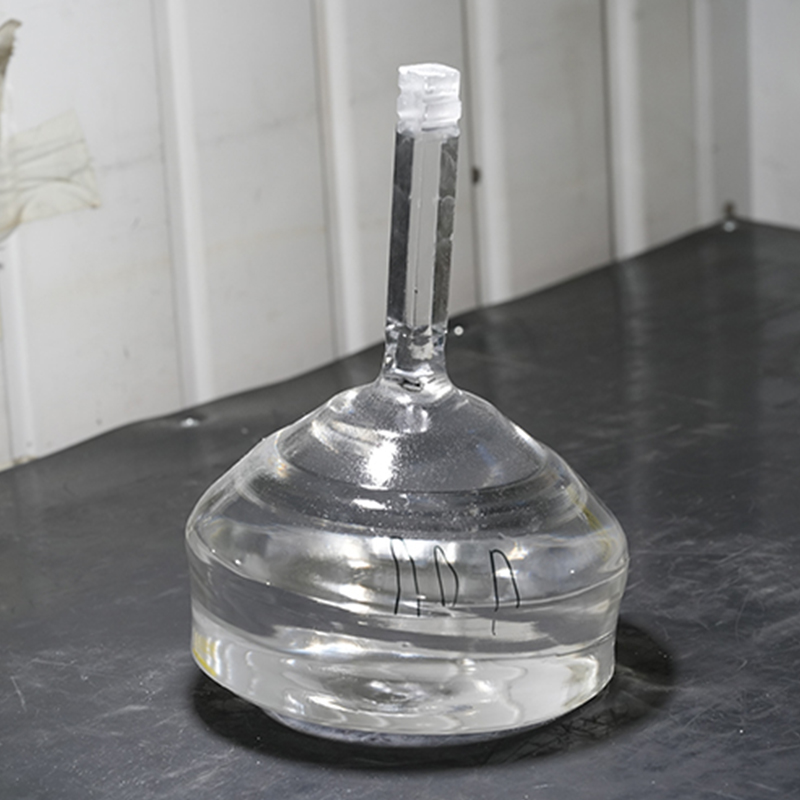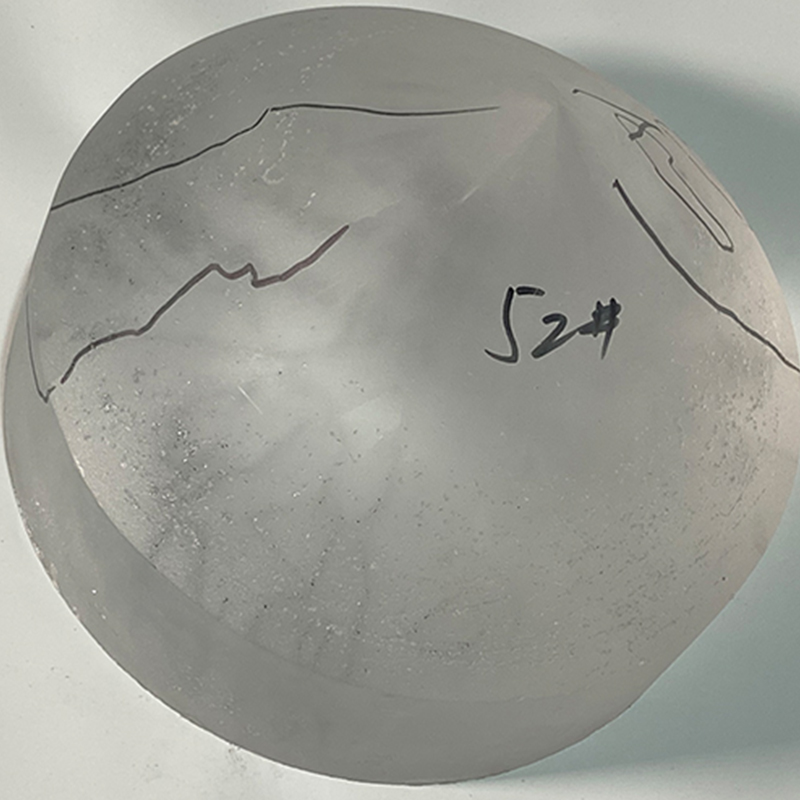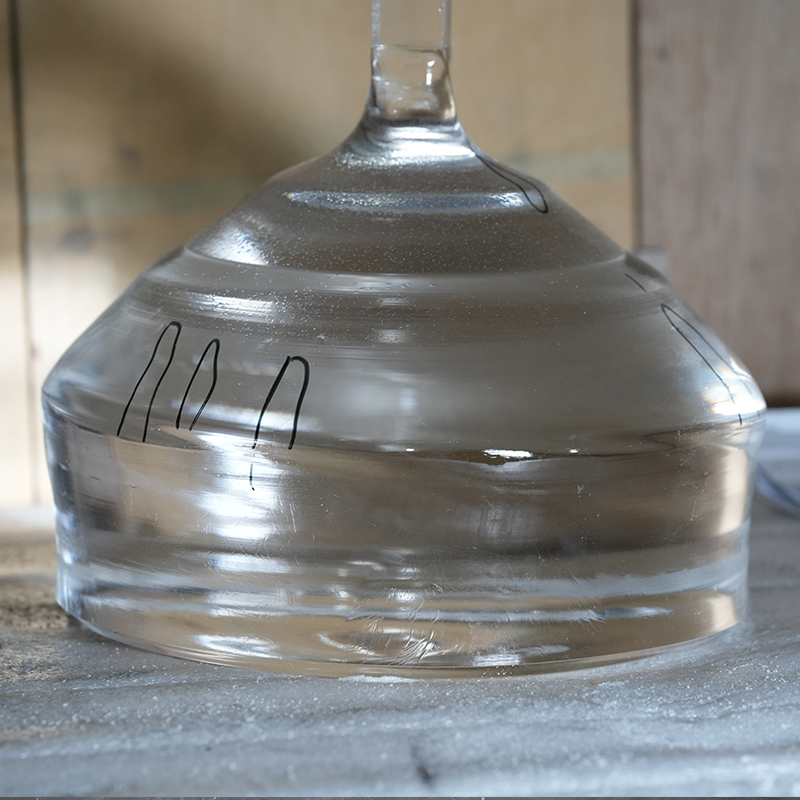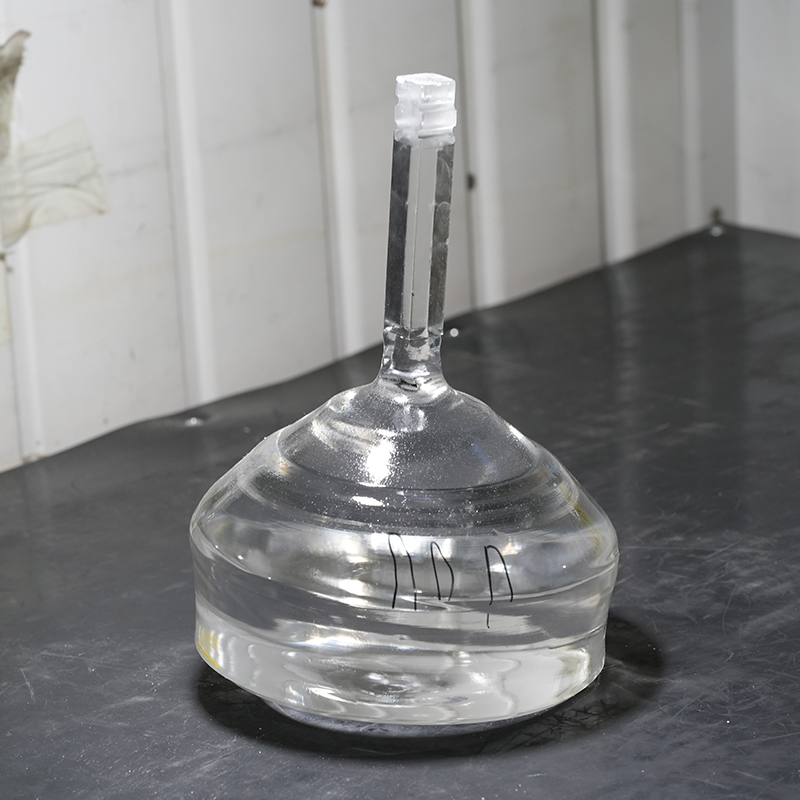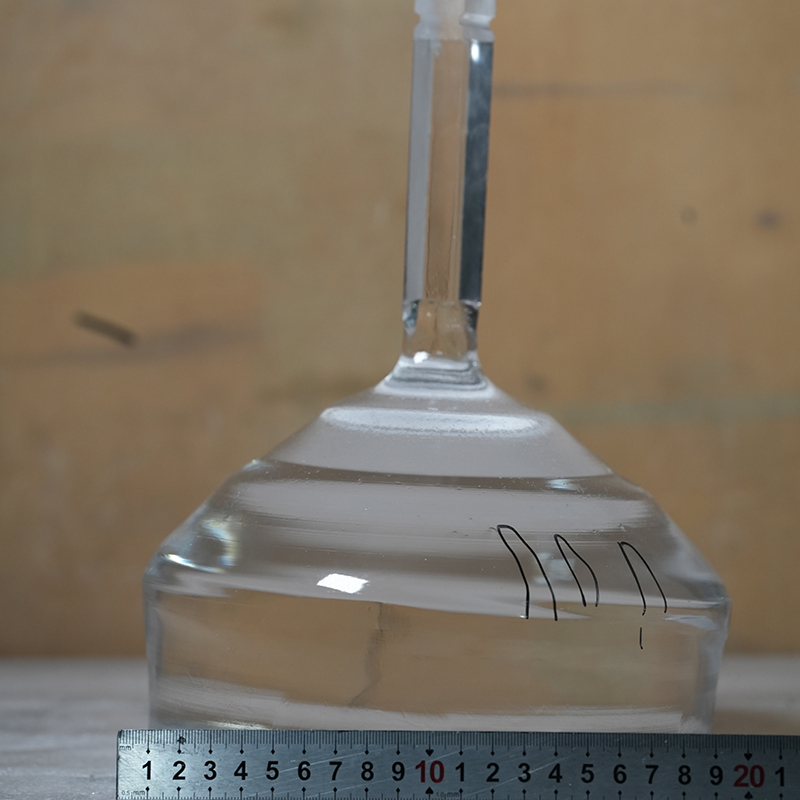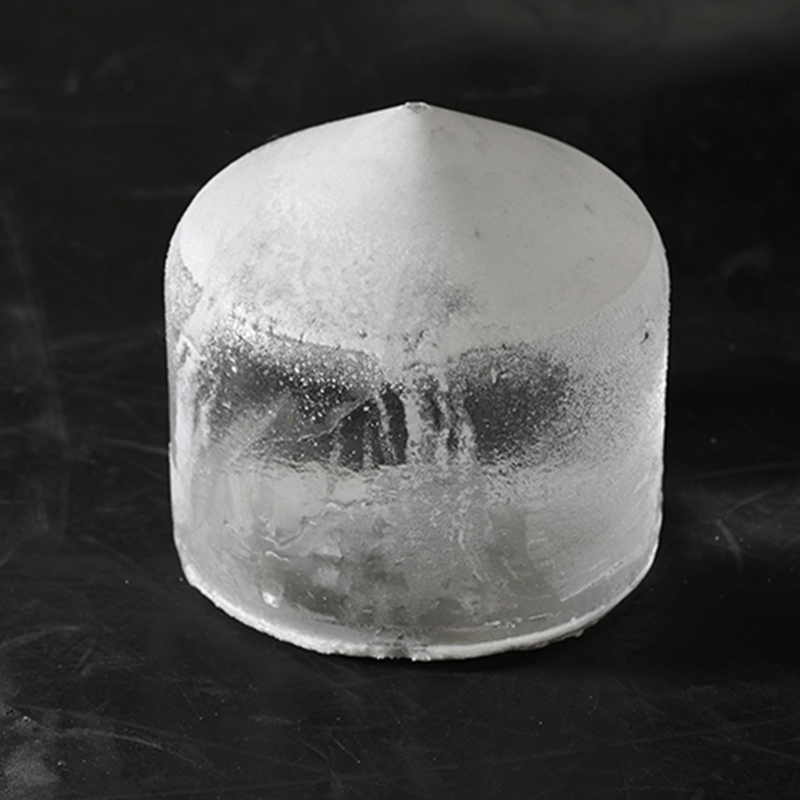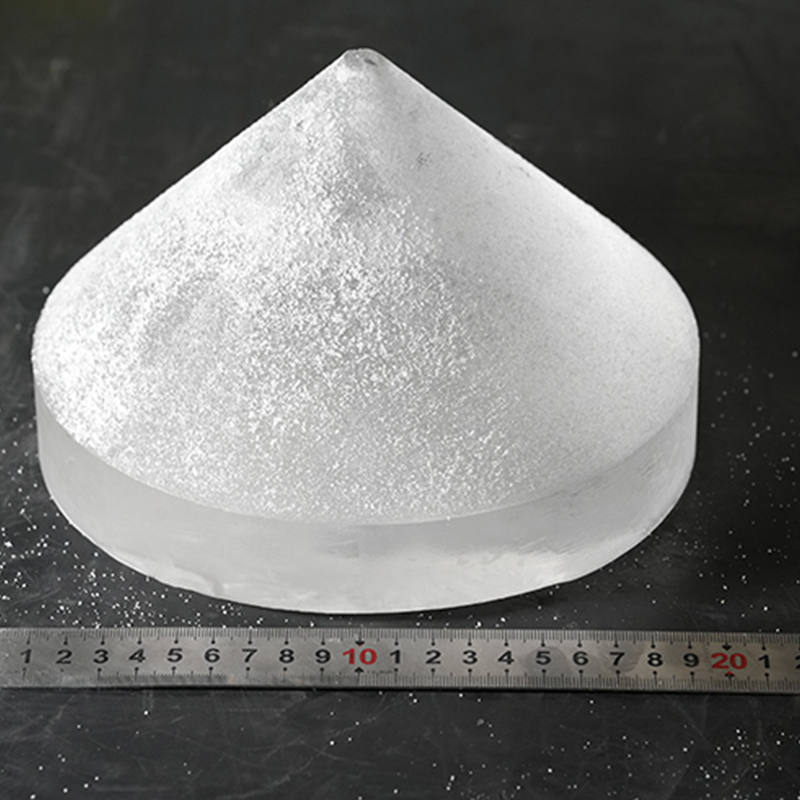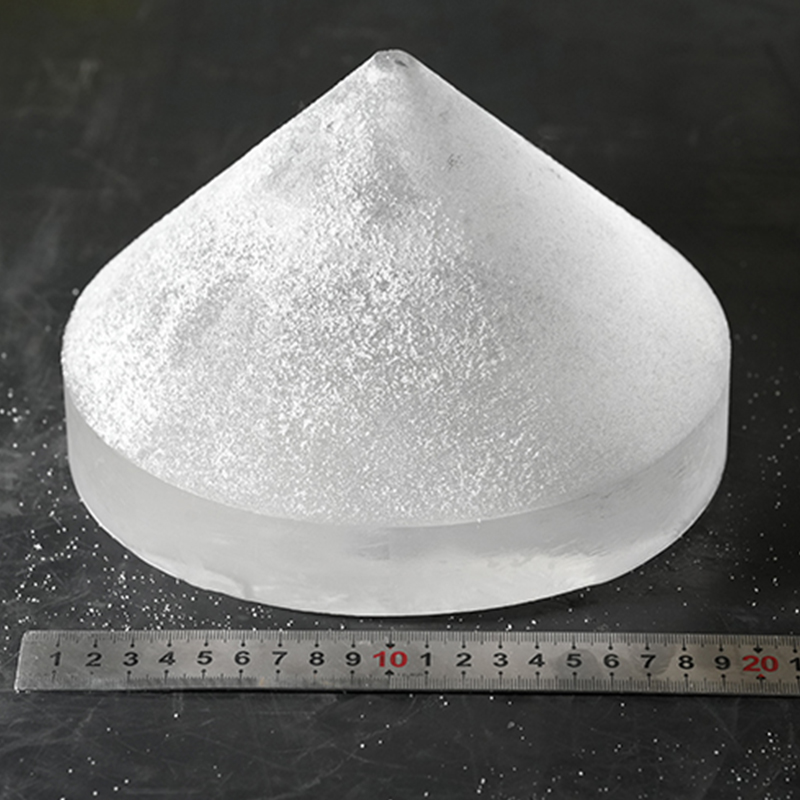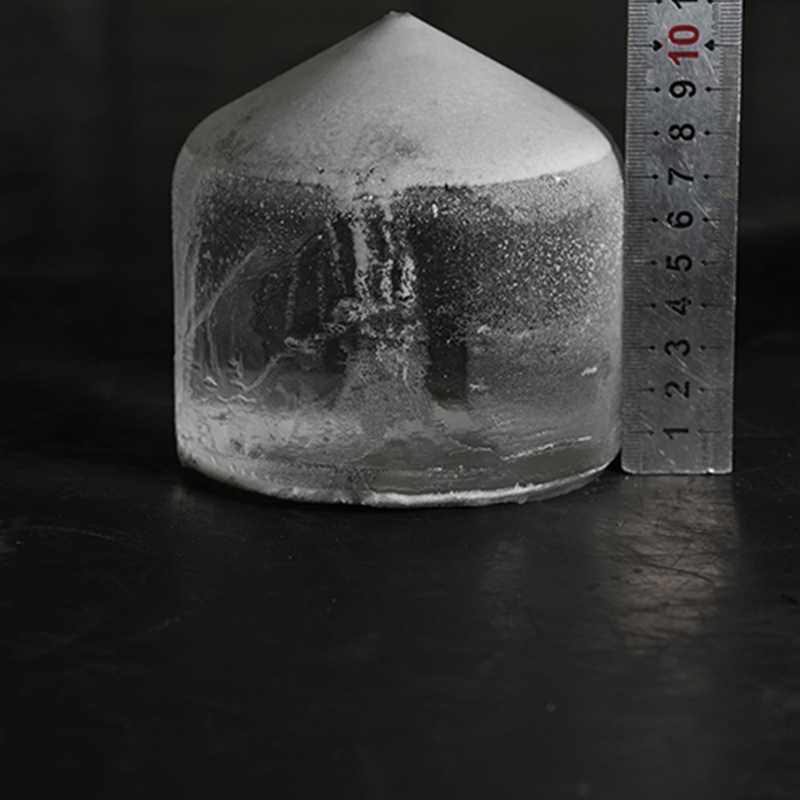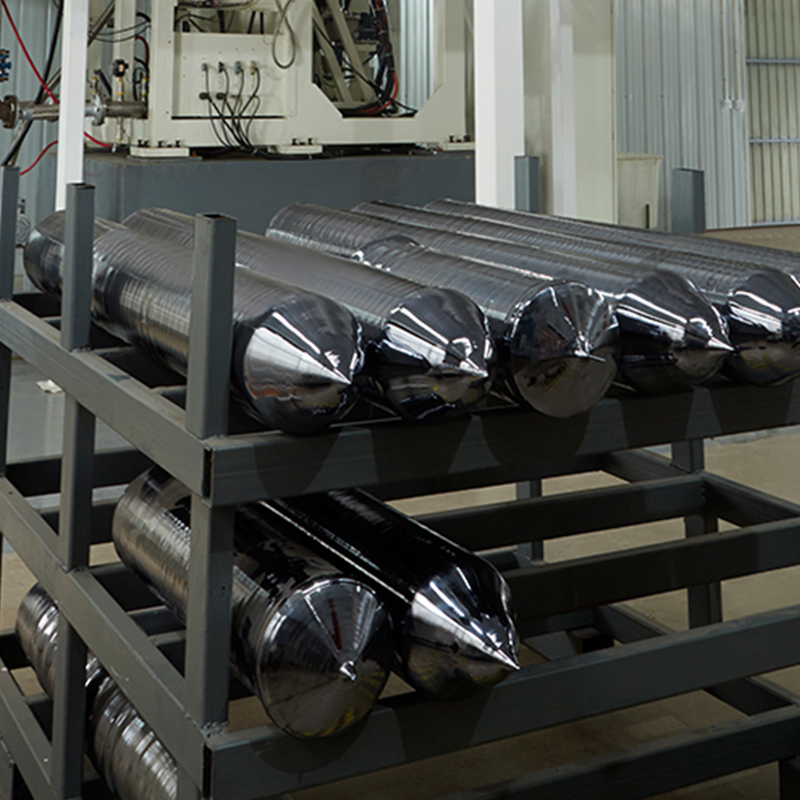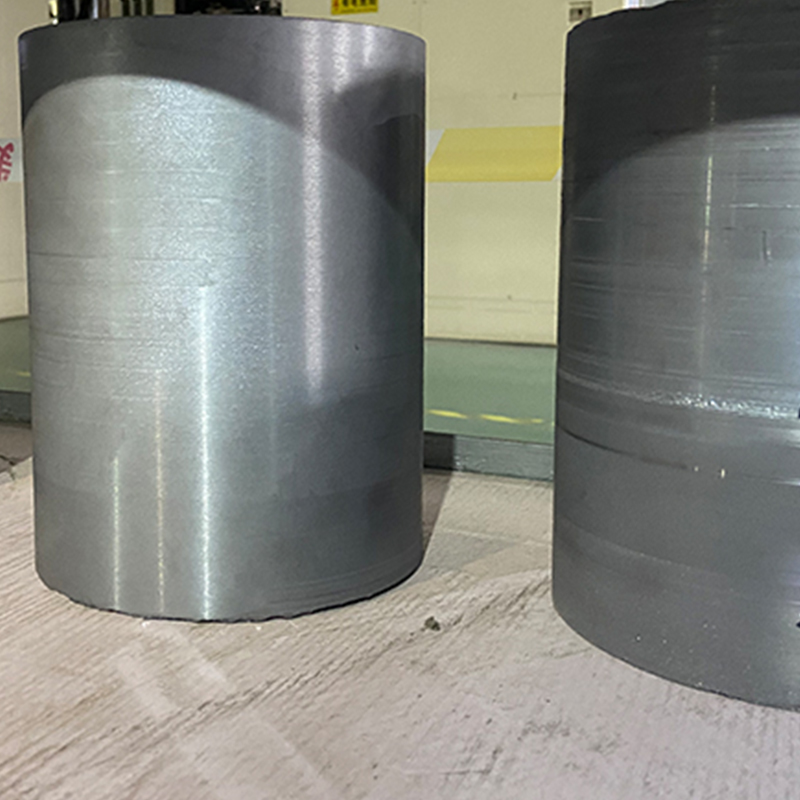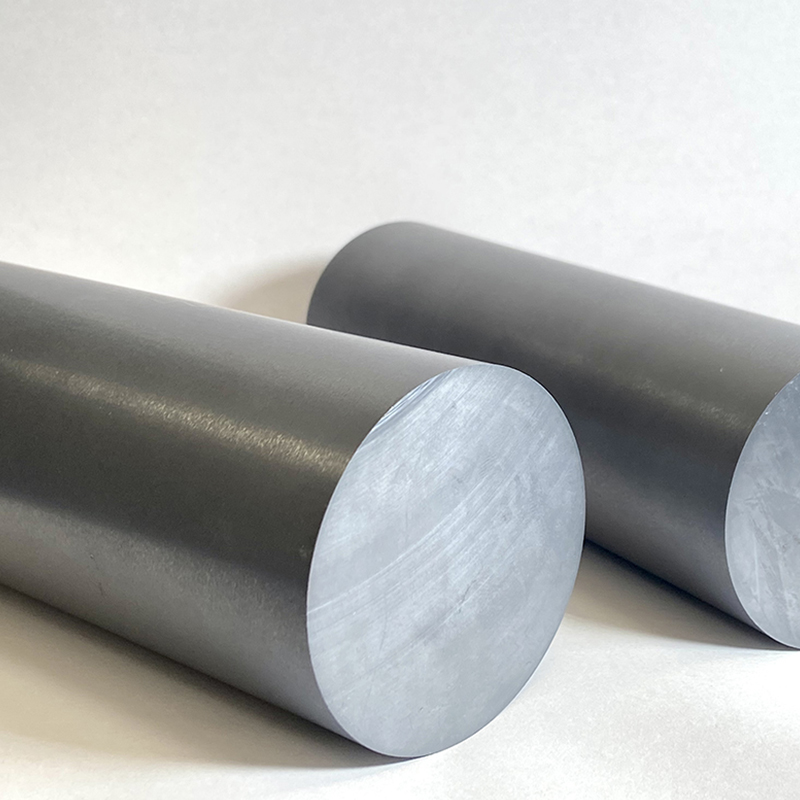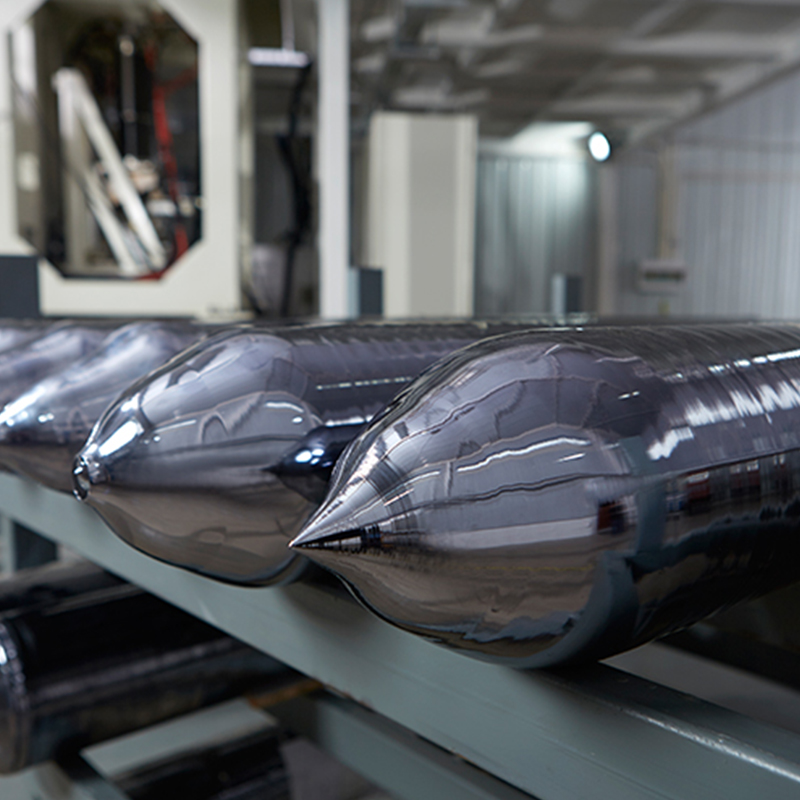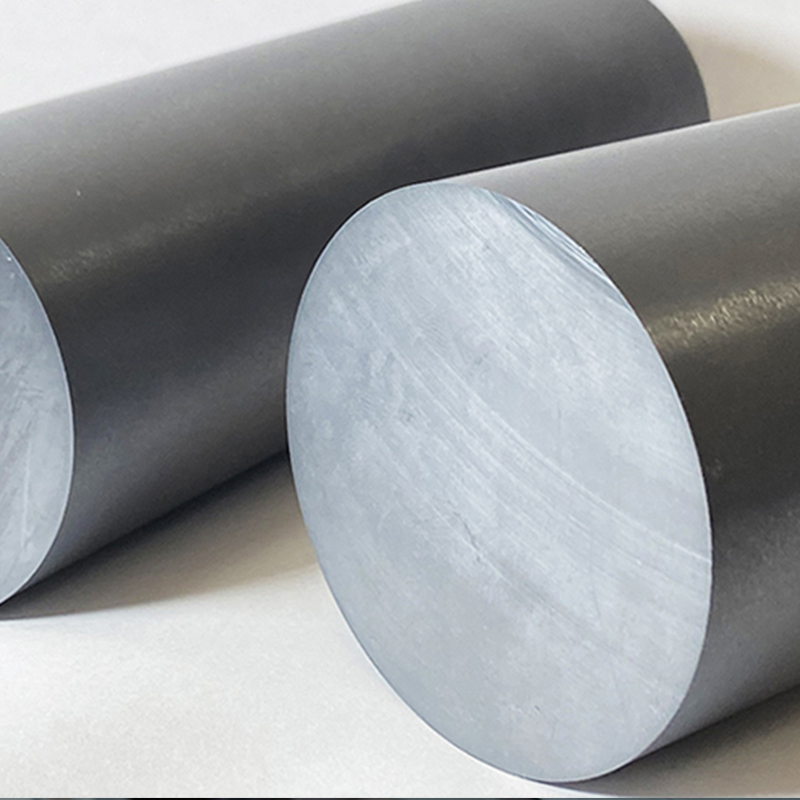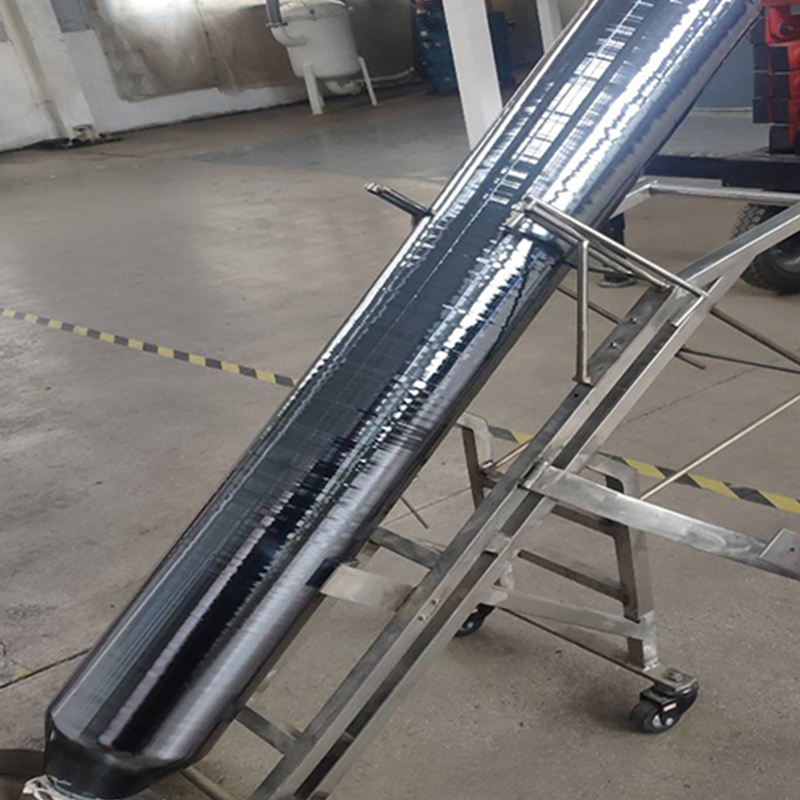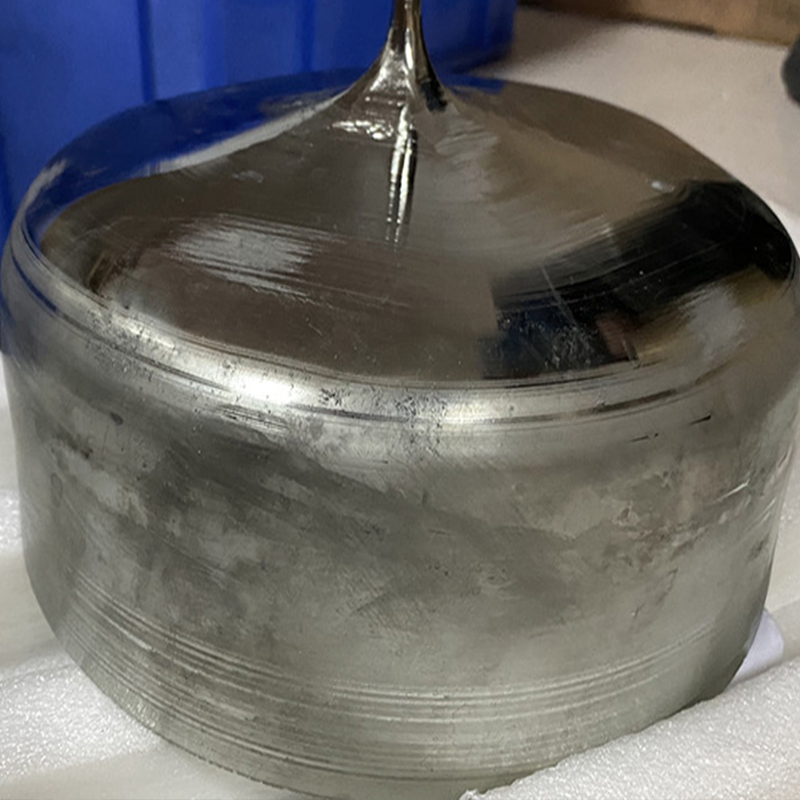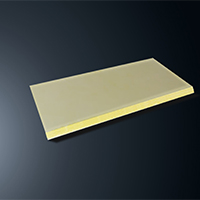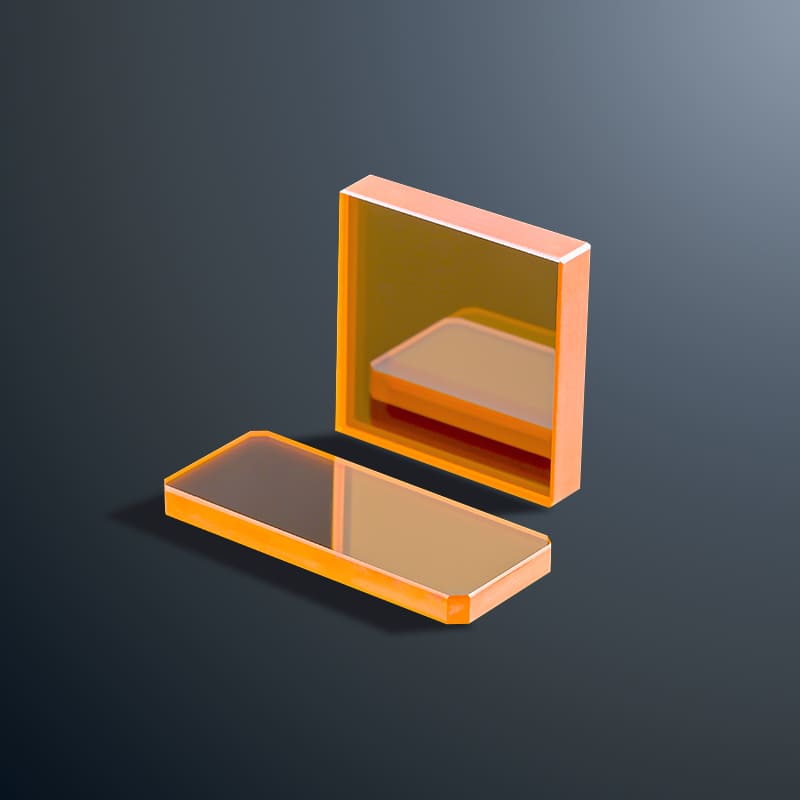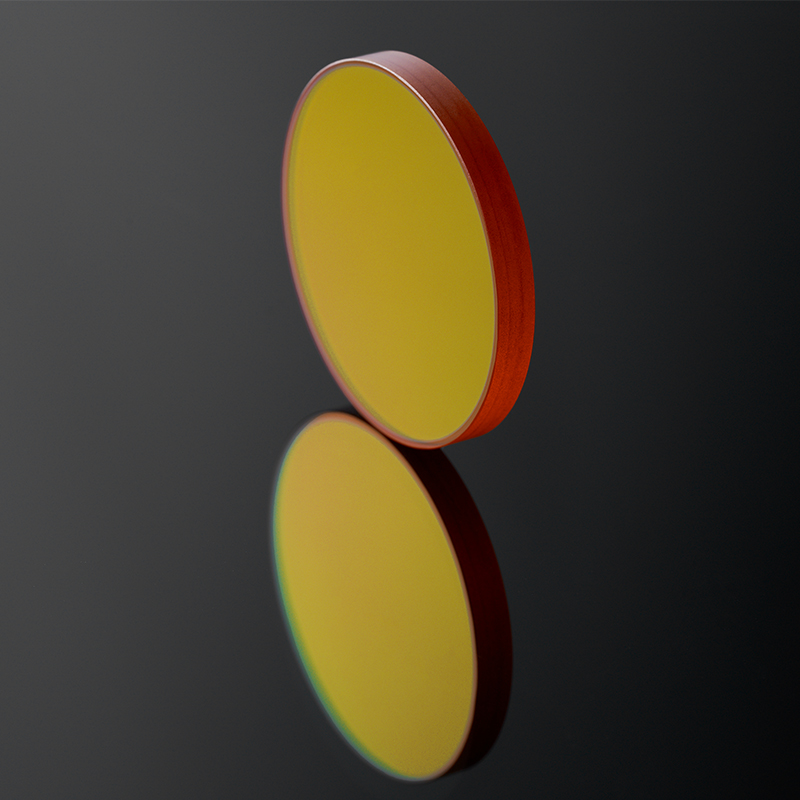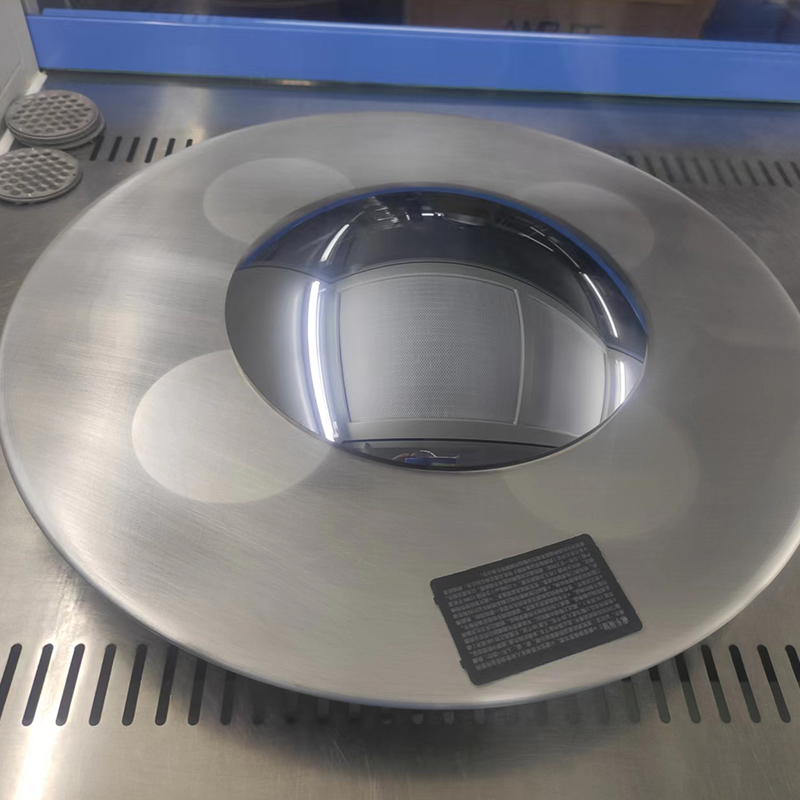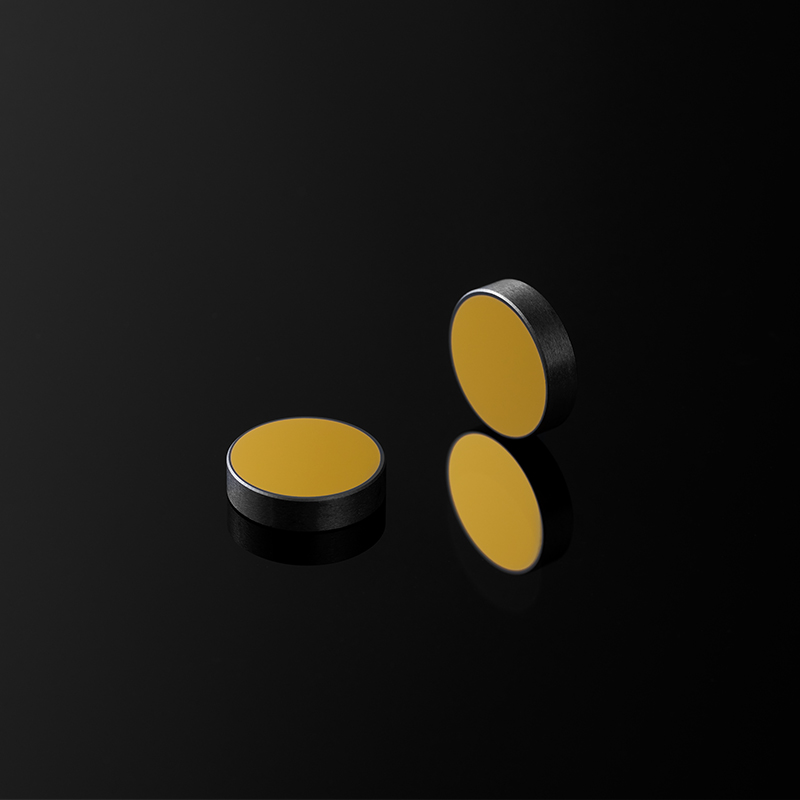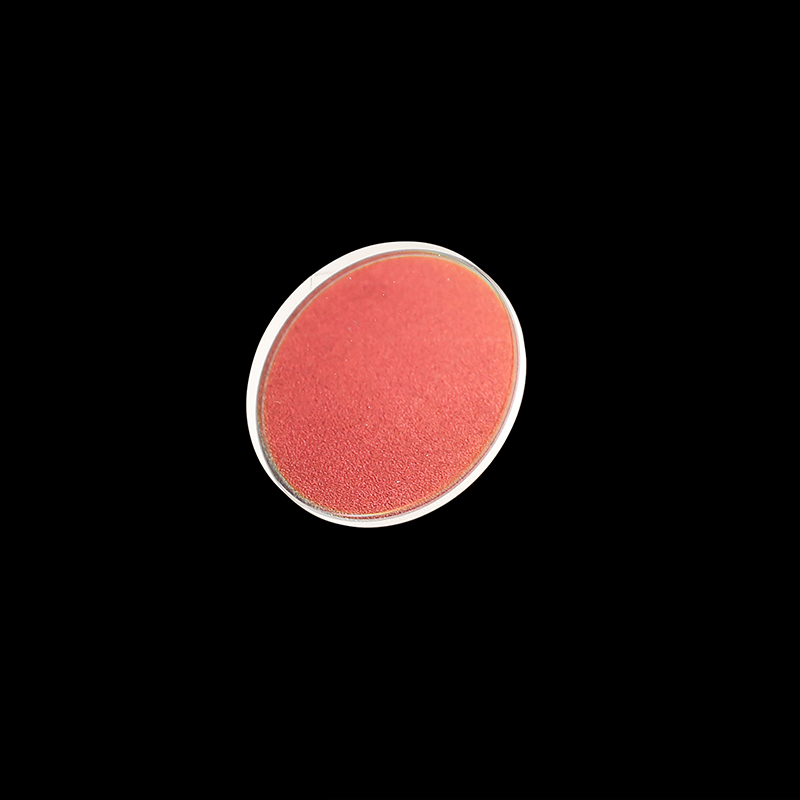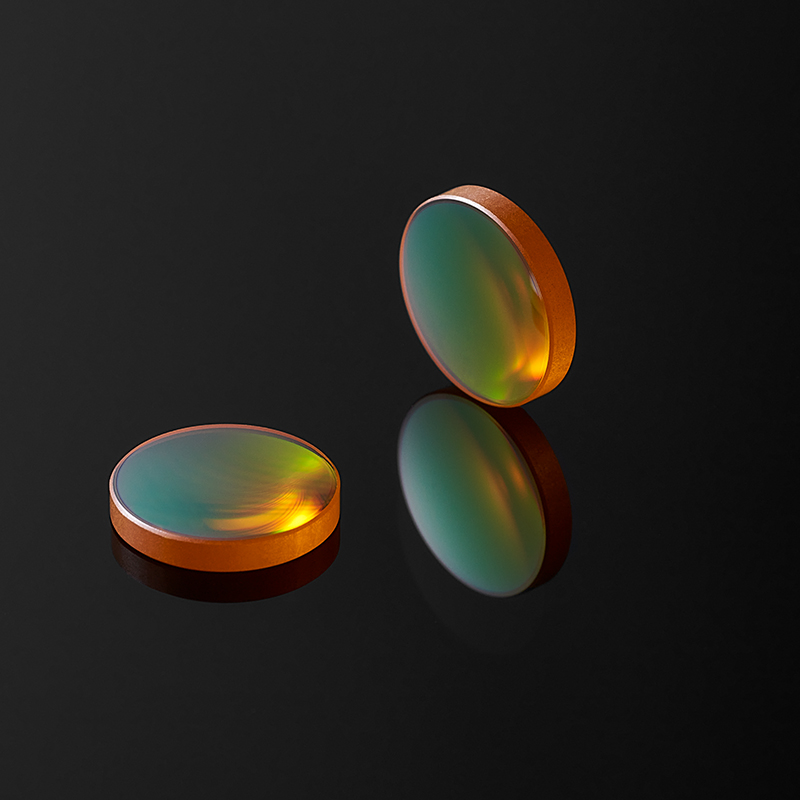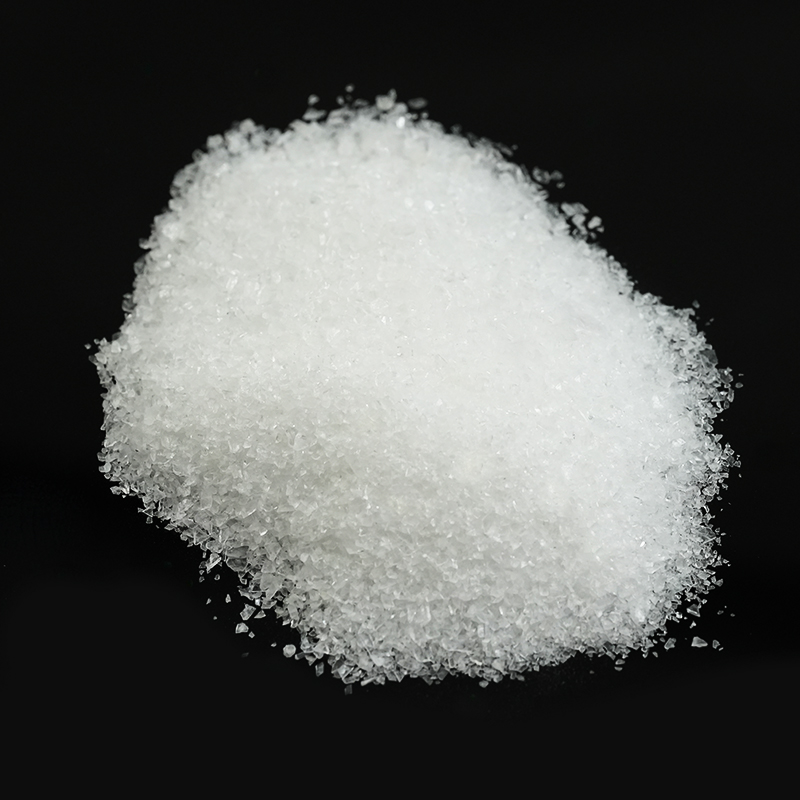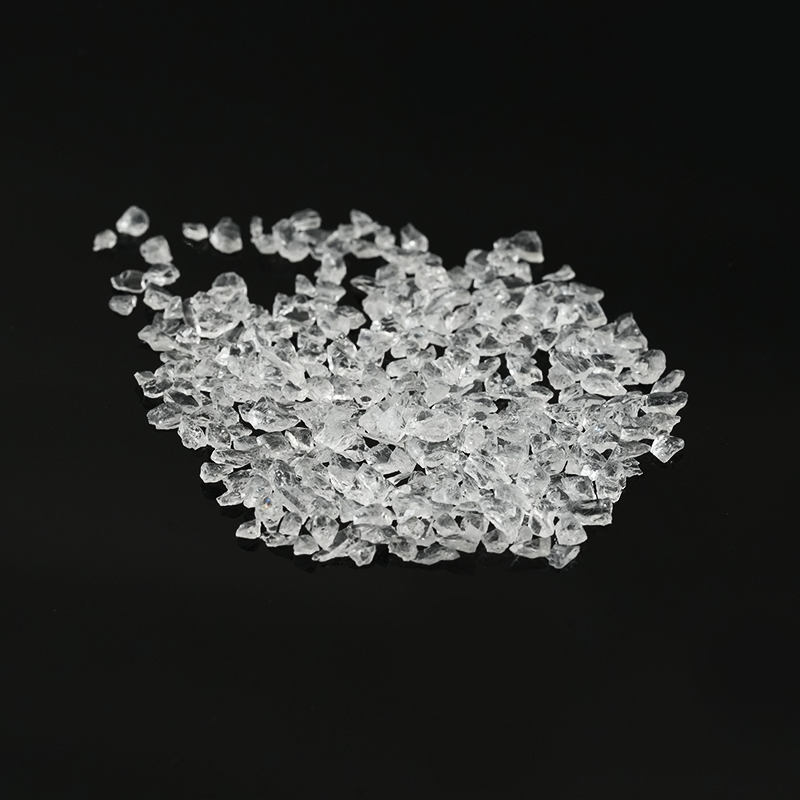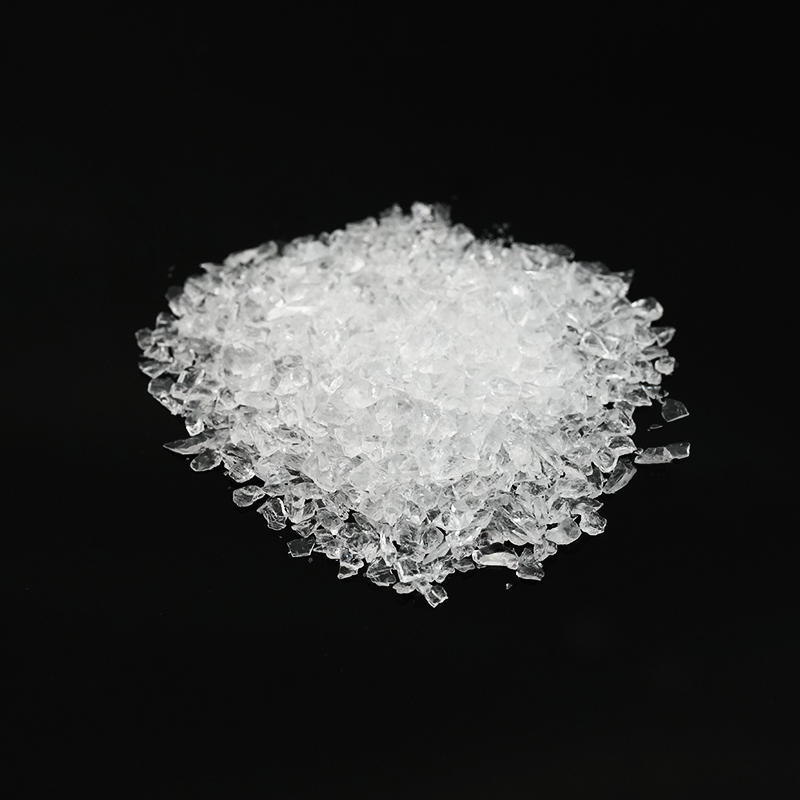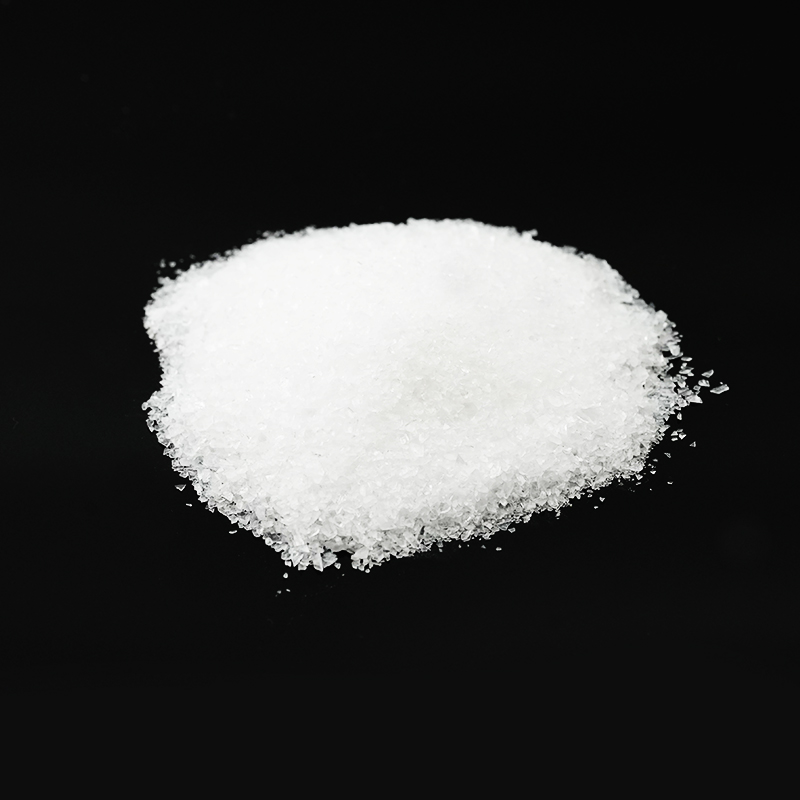-
Um Optics China Light Expo Exhibition Preview
2025-08-08
-
Um Optics Taiwan International Laser Exhibition Preview
2025-08-04
-
Preview of the 16th Um Optics Optoelectronics Industry Expo
2025-06-05
-
Um Optics shines at the 2025 German Sensor Testing Exhibition, connecting the world with innovative technology
2025-05-23
-
What are the applications of biconvex lenses?
2024-05-29
-
What are the applications of flat concave lenses?
2024-05-29
-
What are the applications of flat convex lenses?
2024-05-29
-
What are the applications of zinc selenide crystals?
2024-05-29
-
What are the applications of zinc sulfide?
2024-05-29
-
UM Optics June Nuremberg Exhibition in Germany Preview
2024-05-29
Silicon crystal, as a key material widely used in fields such as optics, electronics, communication, and energy, many people are not sure if it belongs to covalent crystals. So, does silicon crystal belong to covalent crystals? Let's take a look together!
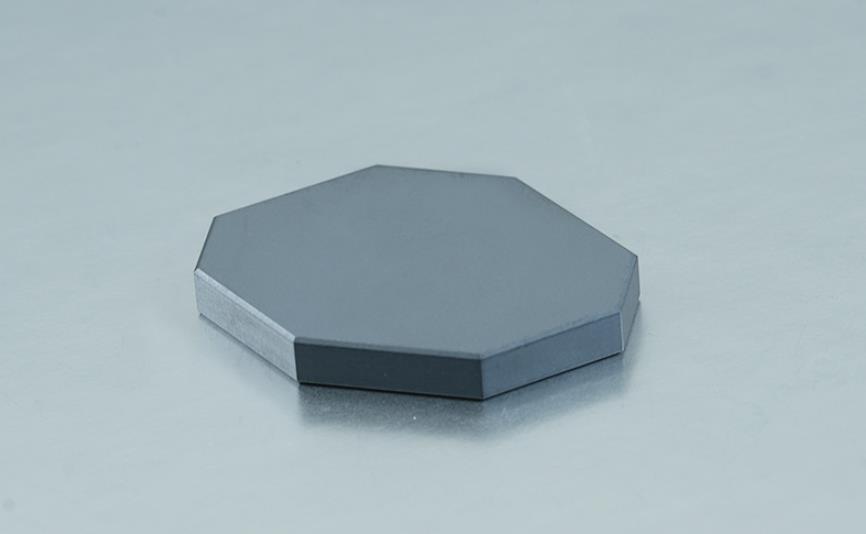
Covalent crystals are crystals formed by covalent bonding between atoms. In this crystal, atoms form stable structures by sharing electrons, which are shared by all adjacent atoms. The covalent bonds are very strong, so covalent crystals usually have high hardness, high melting point, and good chemical stability.
Silicon crystal is a typical atomic crystal, in which silicon atoms are connected by covalent bonds, and each silicon atom forms a tetrahedral structure with the other four silicon atoms. The atoms in this structure are tightly arranged and have high bond energy, which gives silicon crystals high hardness and melting point. From the above description, we can see that the definitions of silicon crystal and covalent crystal are highly consistent. The atoms in silicon crystals form covalent bonds by sharing electrons, which is consistent with the definition of covalent crystals. Therefore, silicon crystal is indeed a covalent crystal.
Although silicon crystals are mainly covalent, under certain conditions, silicon can also form other types of crystal structures. For example, during the melting process of silicon, the covalent bonds between silicon atoms are broken, forming liquid silicon. In addition, silicon can also combine with other elements to form ionic or molecular crystals.
The above is an answer to whether silicon crystals belong to covalent crystals. We hope it is helpful to you. If you have any questions, please feel free to consult or leave a message online.

